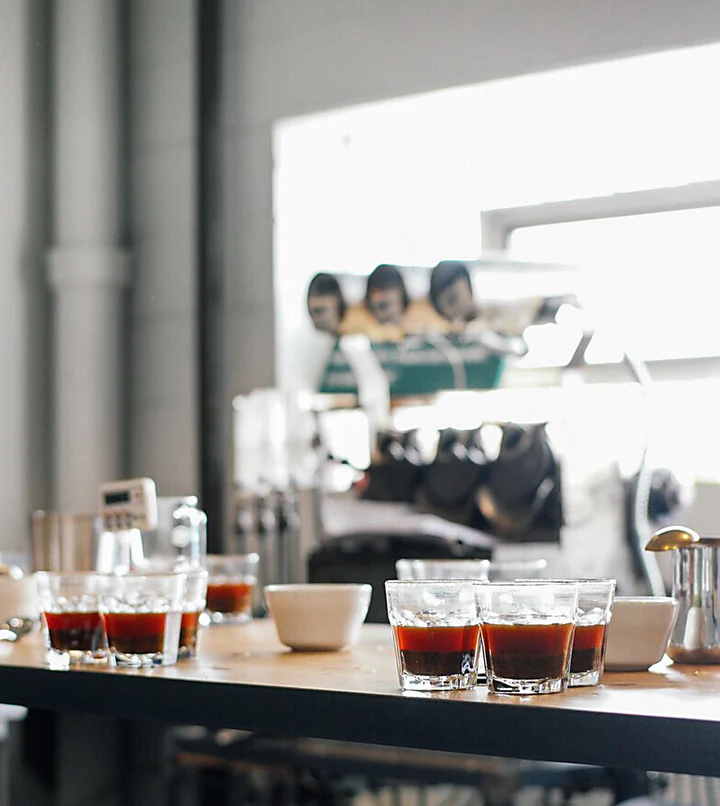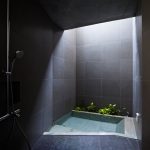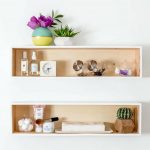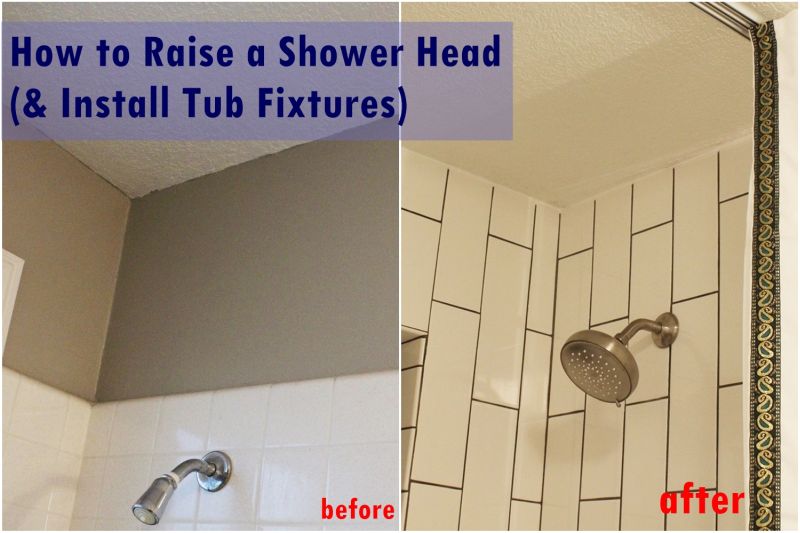Figuring out methods to set up a bathe head and getting it to be the proper match is vital to an elevated bathe expertise in your house.
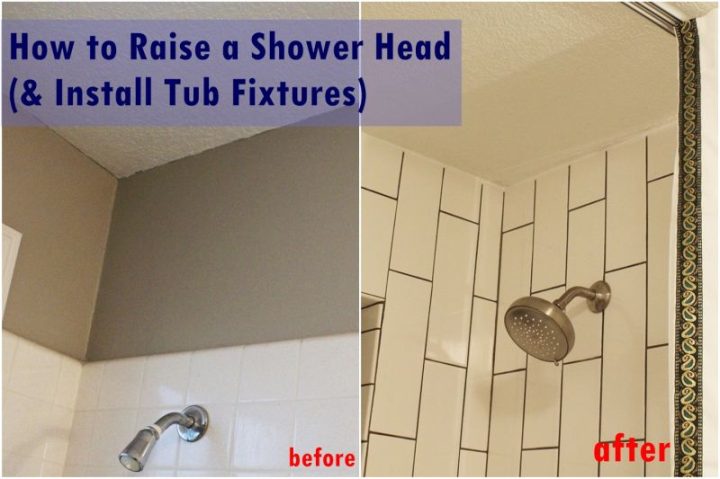
Immediately we undergo each step you must do to improve your lavatory’s bathe – from studying to set up bathe head pipe to eradicating and matching your tub fixtures.
Take a Take a look at Bathe Pipes and Bathe {Hardware} Earlier than Bathe Head Set up
It is a view of the plumbing wall within the tub/bathe.
Principally, hot and cold water enter into the system through their separate bathe pipes.
They be part of up on the mixing valve, which is the place the bathtub/bathe deal with shall be situated.
The water can then be directed through mentioned deal with right down to the bathtub faucet or as much as the bathe head.
Pay attention to this if you’re putting in a bathe head.
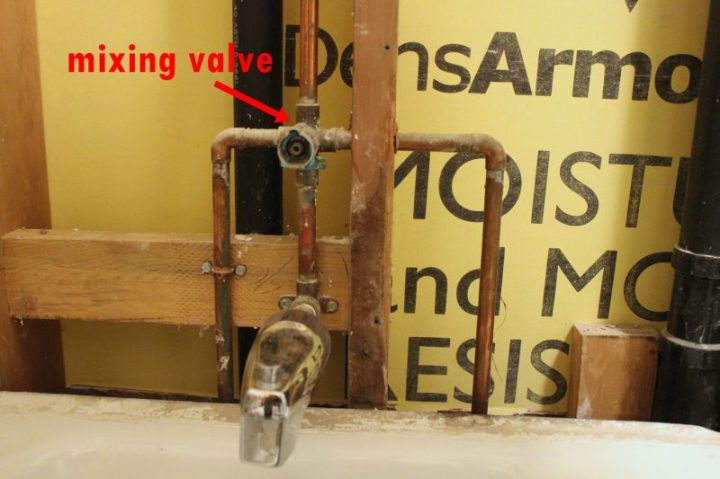 View in gallery
View in gallery
It is a nearer have a look at the outdated mixing valve.
It has 4 pipe connections: the hot and cold water on both facet, the bathtub faucet under, and the bathe head above.
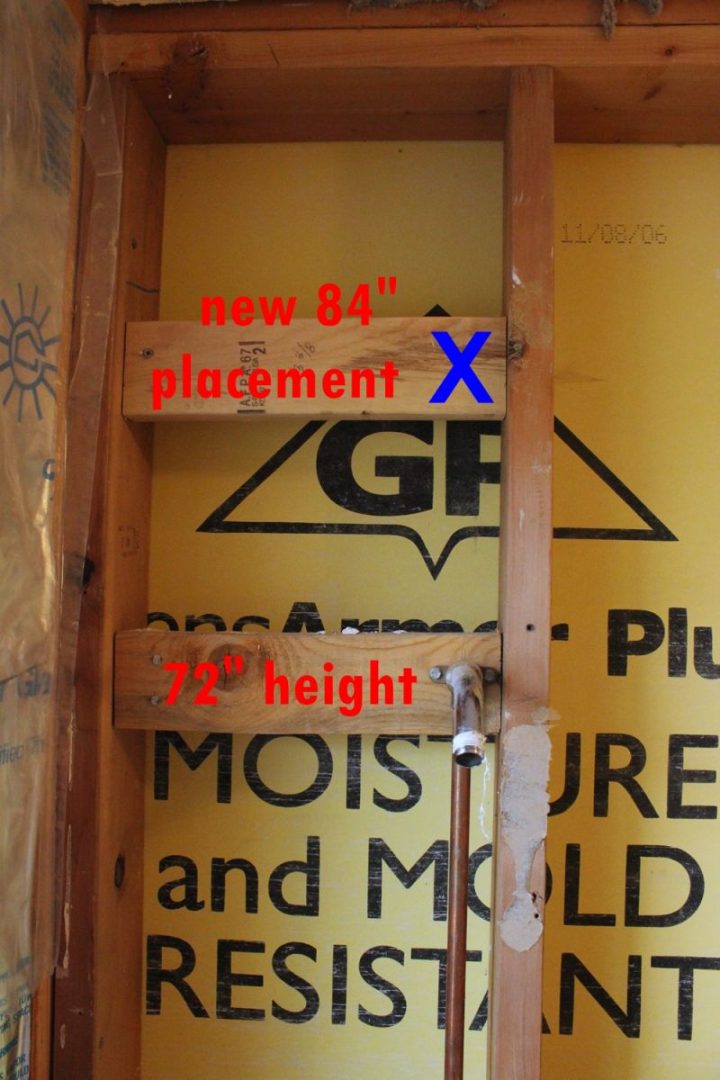 View in gallery
View in gallery
Step One: Decide top
If you may be elevating your bathe head or putting in bathe head, decide how a lot larger you need your bathe head to be.
Word: The bathe head set up top might be judged primarily based in your top or the particular person utilizing the bathe.
Mark that spot on the vertical studs.
Then minimize a 2×4 to suit snugly between the 2 framing studs and screw or hammer it into place, with the middle of the brand new 2×4 piece hitting at your mark.
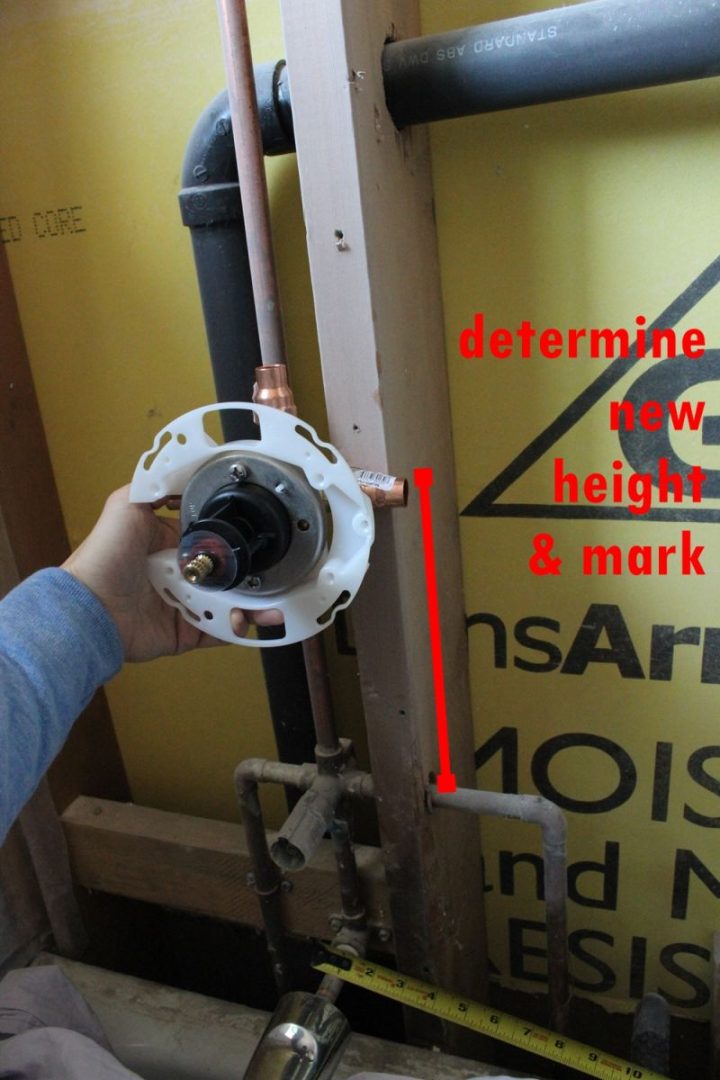 View in gallery
View in gallery
Step Two: Valves
Screw on all 4 feminine couplers to the 4 mixing valve threads.
Decide whether or not or not you may be elevating your mixing valve.
Technically, this may be positioned as excessive up on the wall as you need it.
For a bathe alone, you’ll clearly need the blending valve to be a lot larger than for a bathtub/bathe mixture as a result of it doesn’t have to be accessed for bathtub use.
Maintain the blending valve into place the place you need it and mark the closest stud on the vertical heart of the valve.
Measure the vertical distance from the outdated mixing valve to the brand new place; you will want to chop two pipes this size to lift the hot and cold water pipes to this top.
Additionally, measure the brand new distance from the underside feminine coupler in your mixing valve to the horizontal pipe connecting the bathtub faucet if you set up the bathe head.
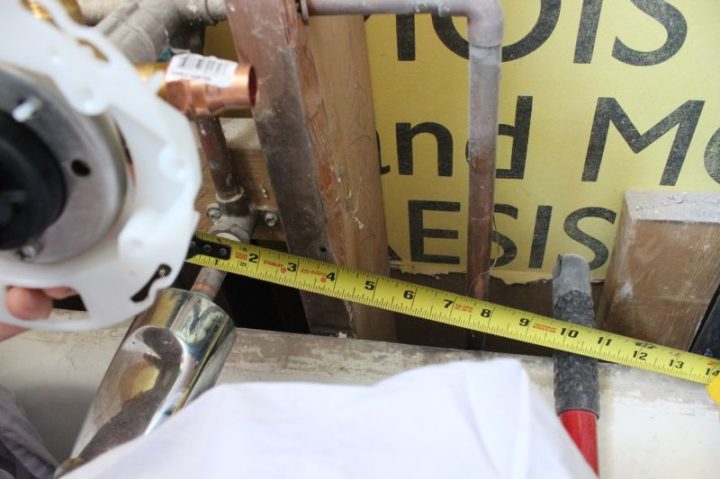 View in gallery
View in gallery
Step Three: Decide width
Measure the horizontal distance between the closest facet of the chilly water pipe and the corresponding mixing valve coupler. Do the identical for the recent water. This tutorial features a 4” distinction between the chilly water pipe and the brand new mixing valve and a 1” distinction for the recent water. (This 1” distinction all however disappears, as 1/2″ of the pipe goes into the threaded coupler and the opposite 1/2” goes into the elbow. However extra on that later.)
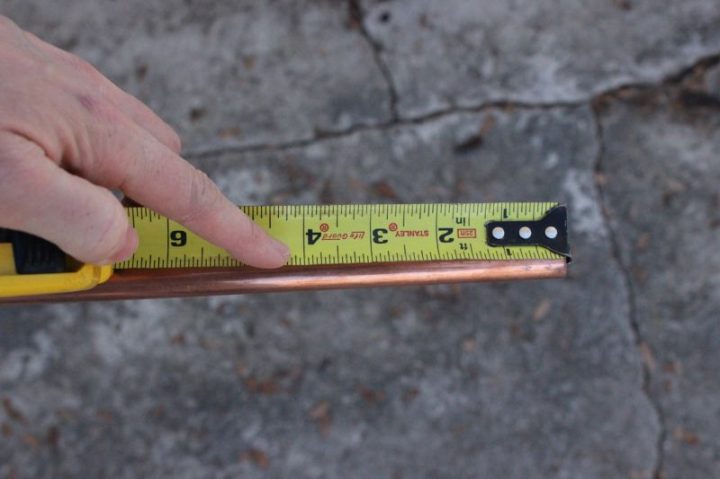 View in gallery
View in gallery
Step 4: Prepping the pipe
At this level, you’ll have 4 measurements for pipes you must minimize:
- the extra top wanted for each the hot and cold water pipes,
- the brand new vertical distance between the brand new mixing valve and the bathtub faucet,
- the space from the chilly water pipe to the brand new mixing valve, and
- the space from the recent water pipe to the brand new mixing valve.
You too can measure the space out of your new mixing valve placement to your new raised bathe head place, or you may wait and do that later.
Measure out considered one of these lengths in your copper pipe.
 View in gallery
View in gallery
Utilizing a copper pipe cutter, screw the reducing blade tightly onto your marked pipe size.
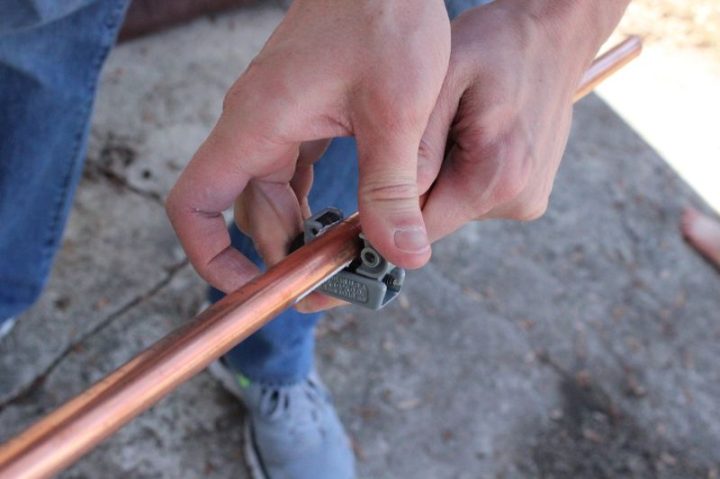 View in gallery
View in gallery
Twist the cutter round and across the pipe, pausing each rotation or so to tighten the blade additional.
Proceed this till the pipe is minimize.
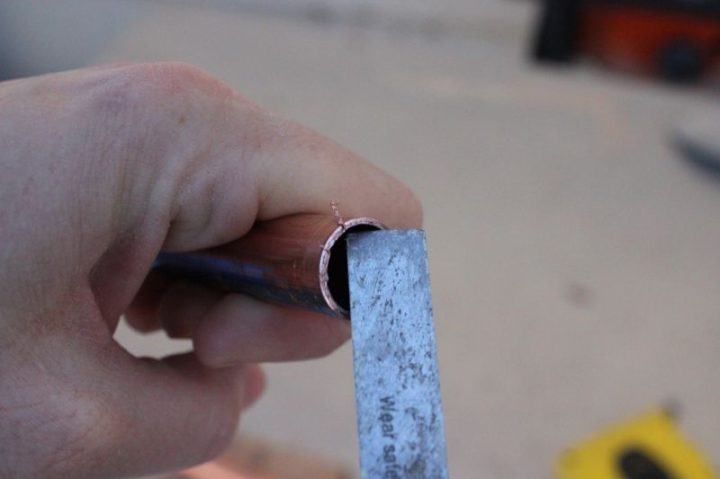 View in gallery
View in gallery
Step 5: File
Even when the minimize seems to be clear, there shall be a burr on the within rim of your new minimize.
This simply signifies that a number of the copper has been pushed inside whereas it was being minimize.
You’ll need to take away this with a file or related sharp edge to enhance water move by means of your pipes.
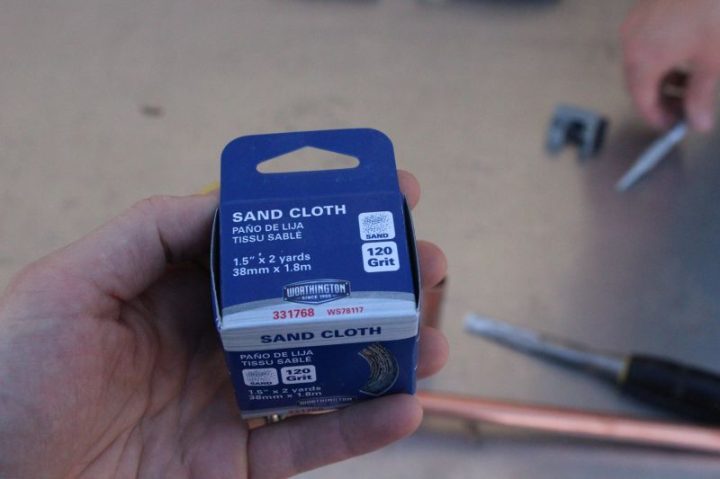 View in gallery
View in gallery
When the within of the minimize is evident, it’s time to scrub up the skin.
Use 120-grit emery fabric, or 120-grit sandpaper will do in a pinch. (
Word: If you buy a soldering equipment, it’ll probably have the emery fabric included.
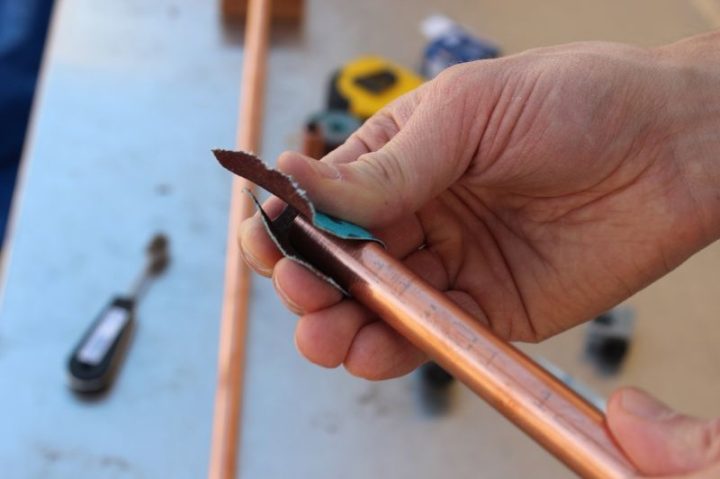 View in gallery
View in gallery
Use the emery fabric to shine up the skin of the pipe on the newly minimize finish.
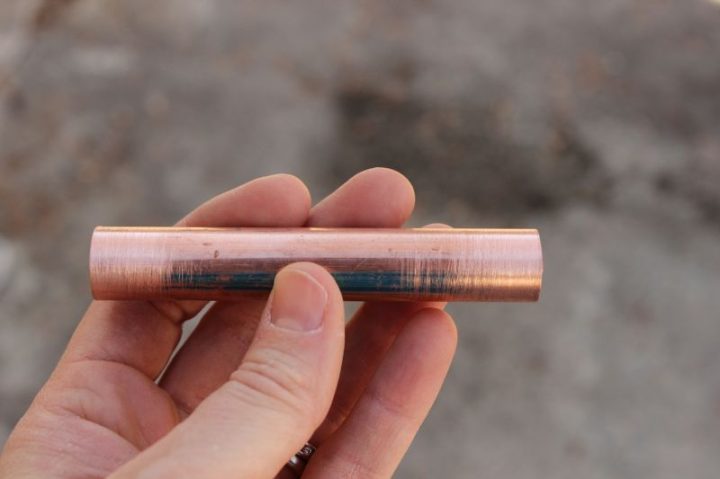 View in gallery
View in gallery
Step Six: Soldering
It needs to be shiny; that’s how you understand it’s clear and prepared for soldering.
Earlier than we proceed, here’s a crucial notice: This tutorial reveals soldering of all copper pipe joints BEFORE their placement into the bathe/tub’s plumbing wall.
That is executed as a result of we needed to attenuate indoor soldering, and the position of the joints in relation to the wall studs inside makes it doable to mount them onto the plumbing wall as one unit.
Remember that no matter you solder now, except the bathe head pipe, have to be pre-attached to the blending valve earlier than putting in within the wall, so that you have to be CERTAIN that every one joints and pipes will match by means of any studs or obstacles of their soldered, connected place.
In case you are not sure, chances are you’ll need to forgo the soldering of the whole elbow joint now and as an alternative try this inside after mounting the blending valve.
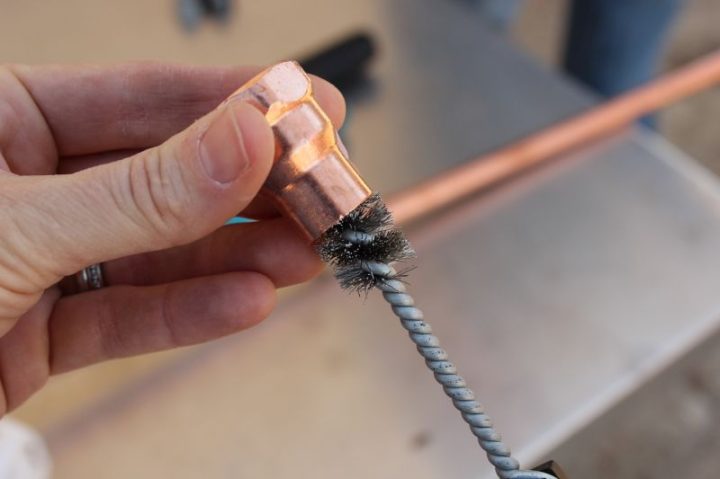 View in gallery
View in gallery
With the within and out of doors of your pipe smoothed and cleaned up, you simply have to do the identical to the within of your becoming.
Seize a 1/2″ wire pipe brush (bought within the soldering space of any ironmongery shop) and twist and clear up the within of your soon-to-be-soldered becoming.
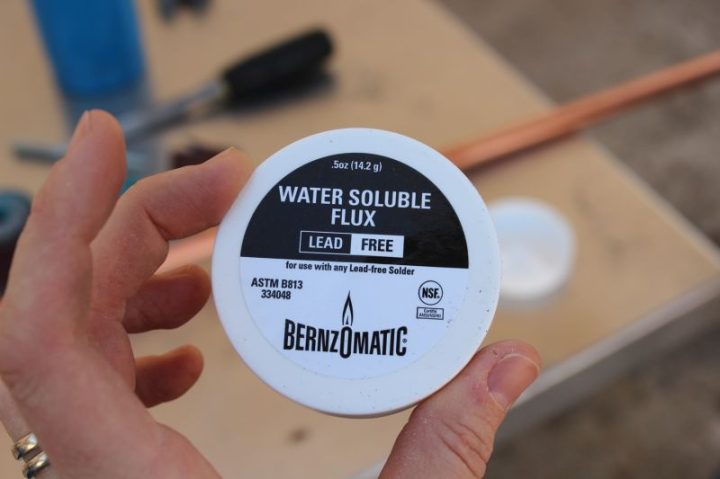 View in gallery
View in gallery
Take your lead-free flux.
Flux is crucial to getting a safe joint, because it prevents the oxidation of the encircling supplies (e.g., the copper pipe, fittings).
Solder gained’t adhere to oxidized copper. Consider flux as just like the primer to a paint mission – it’s the mandatory go-between for a profitable adhesion.
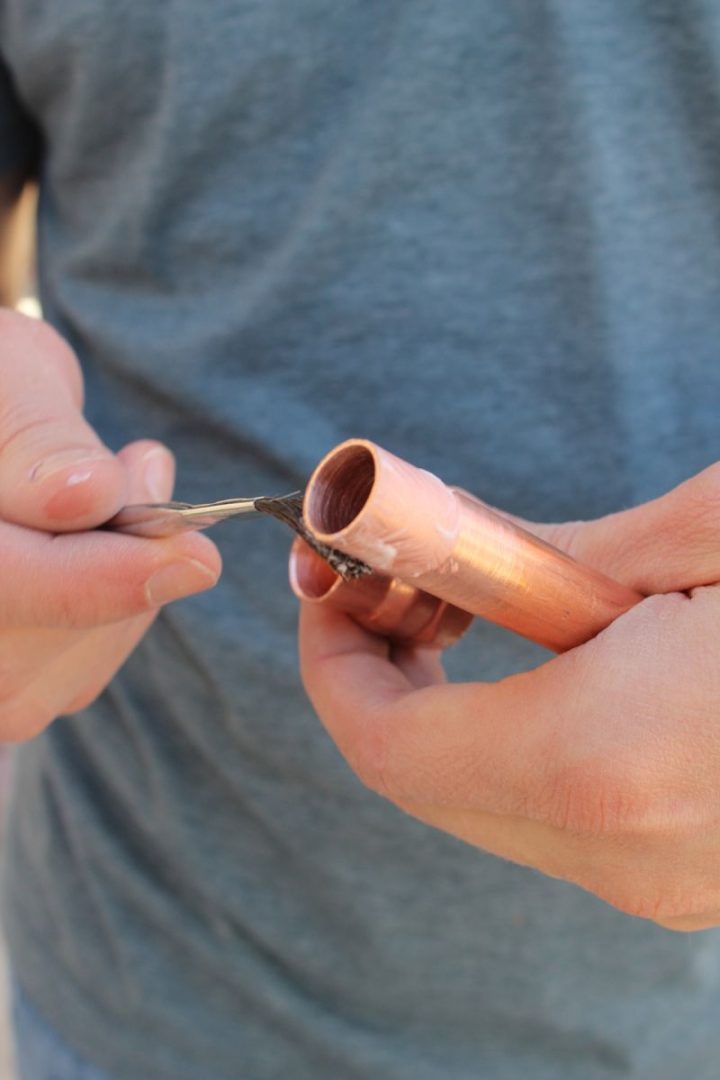 View in gallery
View in gallery
Use the flux brush (a easy paintbrush will do) and unfold a skinny, even layer of flux round each the skin of the copper pipe and the within of the becoming to be soldered.
Push the pipe into the becoming securely.
You’re able to solder them collectively now.
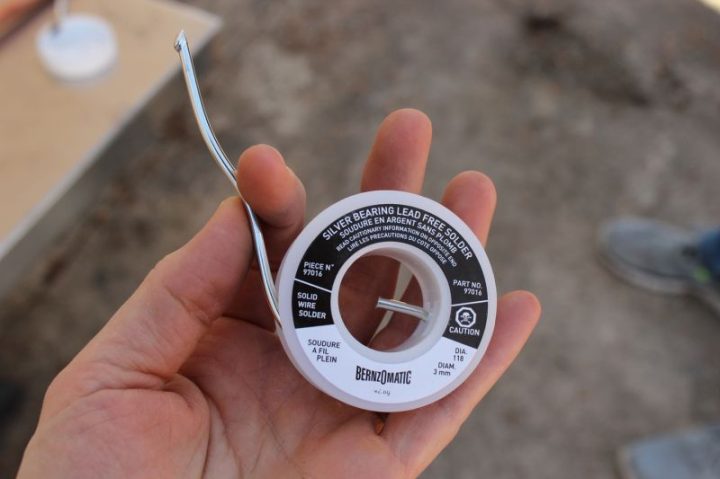 View in gallery
View in gallery
Seize your lead-free solder and pull out 6”-8”.
That is sufficient distance that you simply nonetheless have good management whereas soldering however are far sufficient away from the torch’s flame and warmth to keep away from getting burned.
PLEASE USE CAUTION throughout this whole process, significantly whereas working the propane torch.
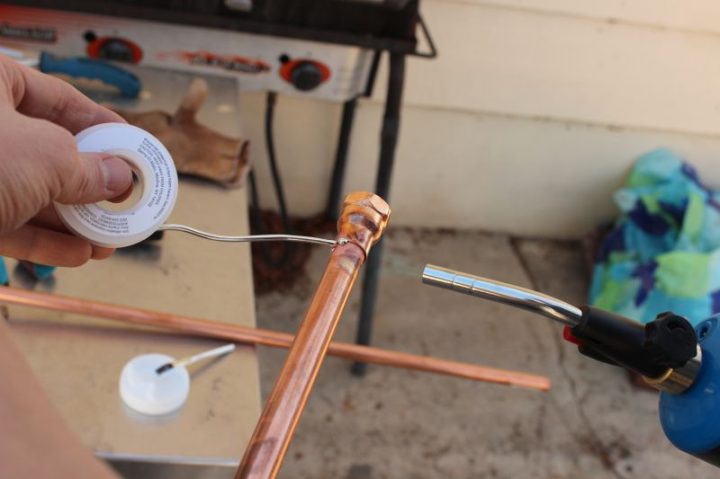 View in gallery
View in gallery
Mild your propane torch and start heating the joint.
You don’t have to warmth the pipe itself; relatively goal the warmth on the becoming. It’s going to conduct adequate warmth all through to make the soldering occur.
Keep away from sticking the soldering wire instantly into the torch’s flame; as an alternative, maintain it in opposition to the floor reverse the flame.
Be affected person.
Swiftly, it’ll liquefy, and also you’ll need to flip the pipe (whereas retaining the warmth aimed on it) to permit the solder to run all the way in which across the joint.
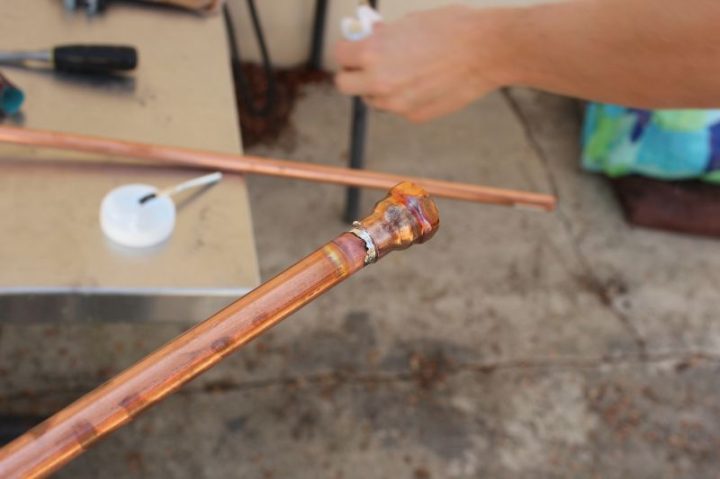 View in gallery
View in gallery
When the solder is totally joined, flip off your torch and set it apart.
Your newly soldered joint shall be scorching. DO NOT TOUCH THE AREA till it cools, many minutes later.
Word: We strongly advocate sporting gloves whereas holding the copper pipe to be soldered, as warmth transfers rapidly down the size of the pipe.
Relying on its size, you possibly can get burned with out safety.
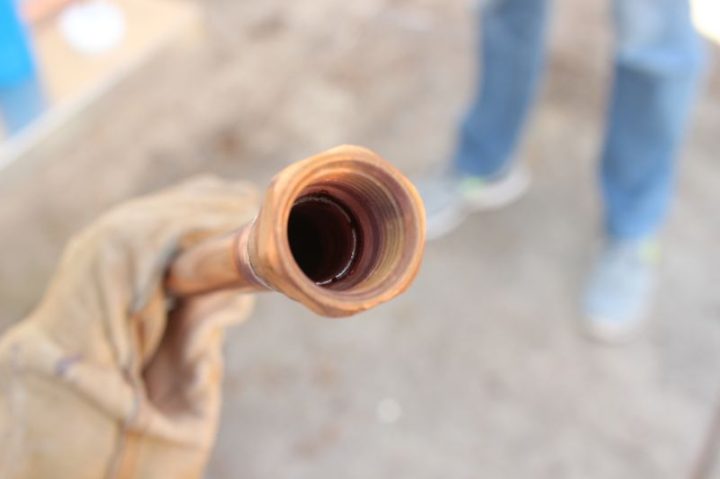 View in gallery
View in gallery
You may see right here that the solder labored its manner utterly by means of the joint, as a result of it’s seen from the within as effectively.
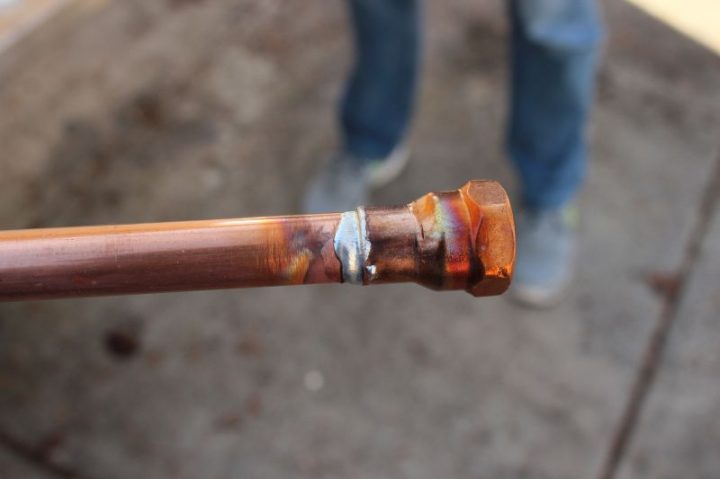 View in gallery
View in gallery
You could discover oxidation (discoloration) of the copper pipe and fittings the place there was no flux.
This doesn’t hurt the integrity of the steel, but it surely does function proof why flux is crucial to a profitable solder.
Repeat this course of on your different joints and connections.
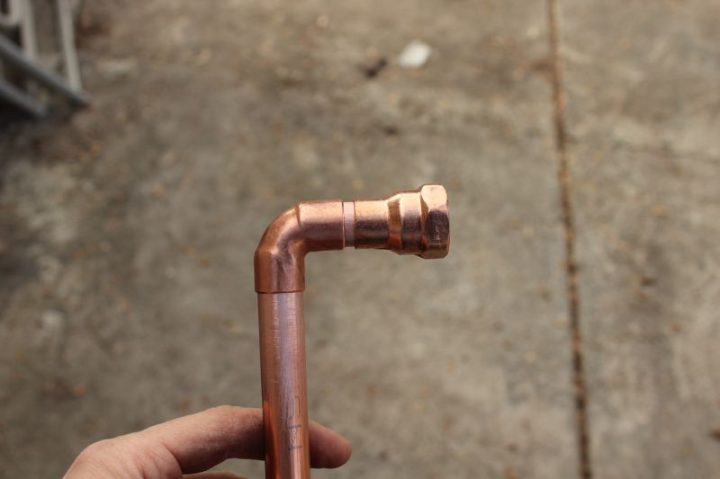 View in gallery
View in gallery
As was talked about beforehand, one of many pipe connection distances was a mere 1” – mainly simply sufficient pipe to attach two fittings collectively.
As a result of it could be inconceivable to carry such a brief distance of pipe, we advocate hooking the shorter distance of pipe to an extended “deal with” of pipe.
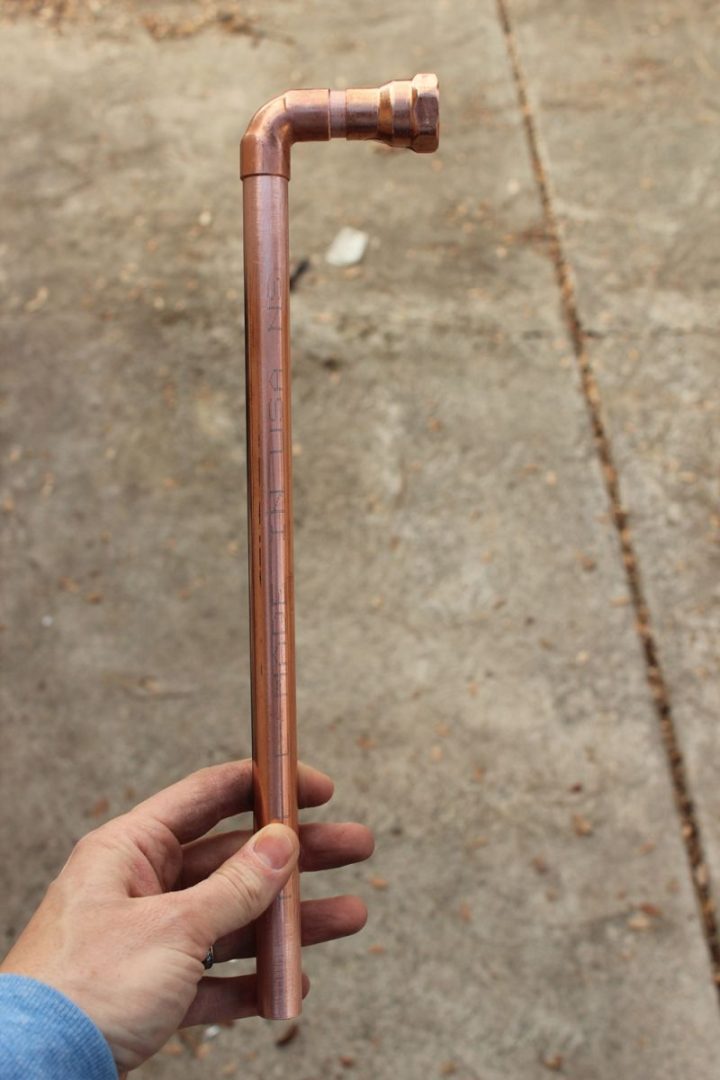 View in gallery
View in gallery
When you’ve got a number of joints to be soldered, you may truly do them abruptly.
Or you may merely dry match the longer pipe “deal with” in the course of the shorter pipe solder, then take away the “deal with” size when the soldered joint has cooled.
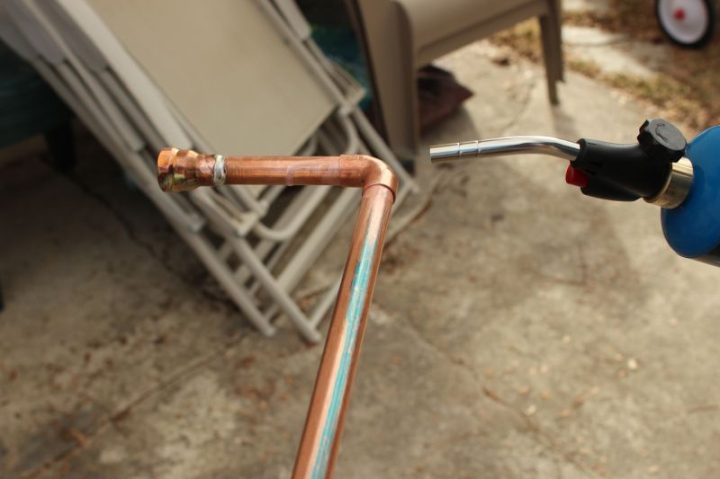 View in gallery
View in gallery
Step Seven: Repeat
Repeat the cleansing, fluxing, and soldering steps for all joints.
Within the case the place you’re soldering two or extra areas on the identical piece of pipe, we advocate prepping all of the joints, connecting them, and soldering them one after the opposite in the identical go.
Simply transfer from one joint to the following. That is environment friendly, as you don’t have to attend for the areas to chill between soldering.
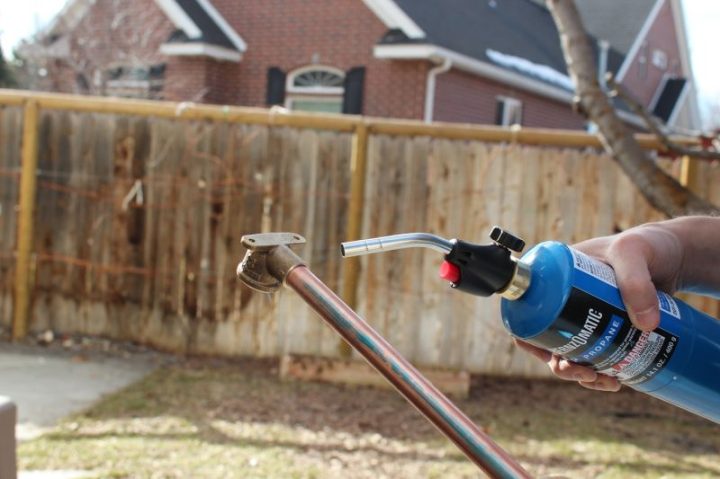 View in gallery
View in gallery
You have to two brass fittings (drop ear elbows) to safe your pipe to wooden blocks on the bathe head and tub faucet places.
Brass might be soldered to copper, but it surely takes extra time to warmth the becoming.
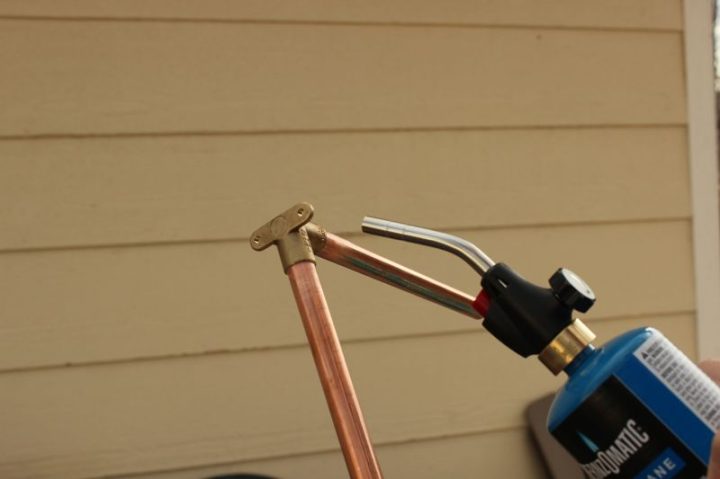 View in gallery
View in gallery
Prep every little thing in the identical manner (deal with the brass becoming similar to you probably did the copper fittings), and warmth the becoming.
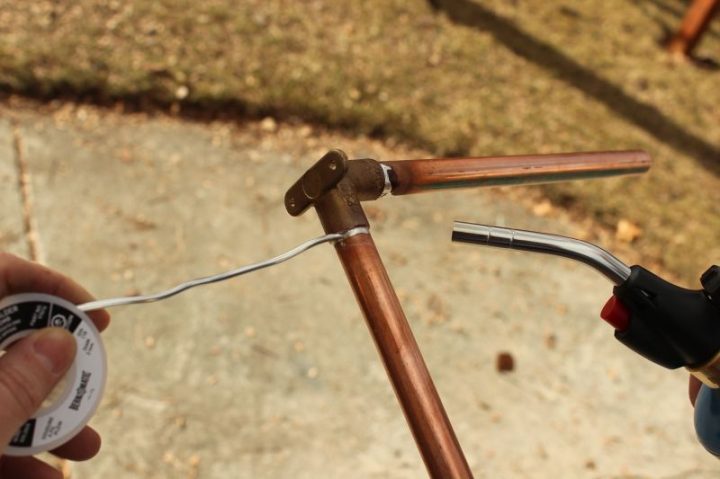 View in gallery
View in gallery
Add the solder when the becoming appears prepared or not less than virtually scorching sufficient. Create a safe joint.
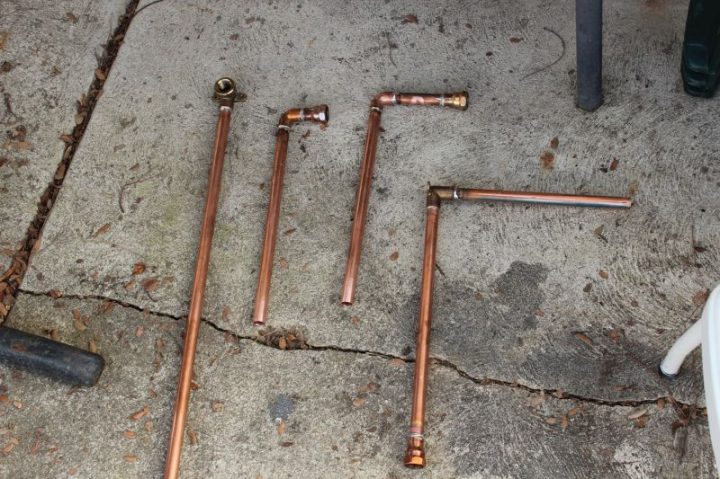 View in gallery
View in gallery
Evaluate Your Progress
At this level, it is best to have the 4 items soldered and able to connect to the blending valve:
(1) lengthy size to succeed in the bathe head (threaded feminine coupling at one finish, drop ear elbow on the different),
(2&3) cold and warm L-shaped items with the threaded feminine coupling at one finish (the opposite ends would require a straight coupling, soldered at your bathtub), and
(4) the bathtub faucet connecting pipes, with a drop ear elbow on the “L” joint (the horizontal tub faucet pipe is minimize further lengthy proper right here and shall be minimize to size later throughout set up). Properly executed.
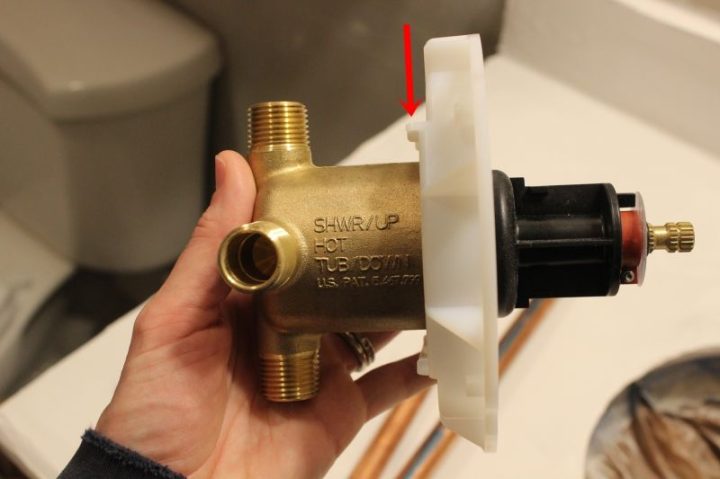 View in gallery
View in gallery
Step Eight: Inserting mixing valve
Take your mixing valve, and decide the way it needs to be positioned – which facet is up, which is down, which is left, which is correct.
There needs to be clear indications printed on the valve itself.
Additionally, the blending valve needs to be mounted in order that the face indicated by the arrow is even with the completed tub/bathe wall. In different phrases, the outer floor of the put in tiles (on thinset, on backerboard) have to be even with the outer plastic mounting guard face.
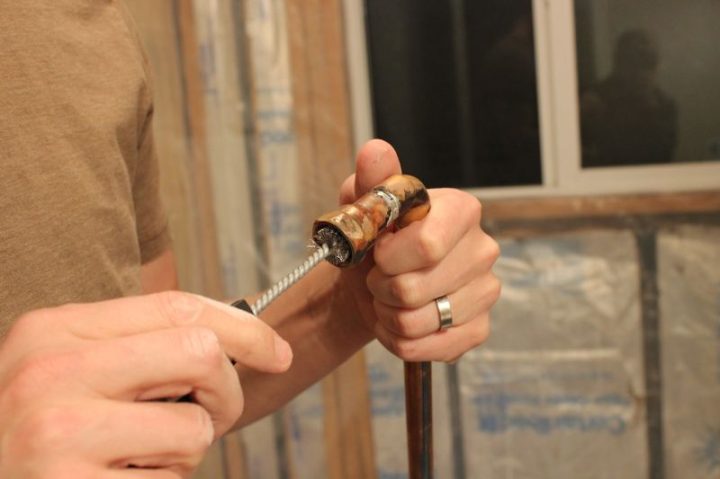 View in gallery
View in gallery
Use the wire brush on the within of the adapters.
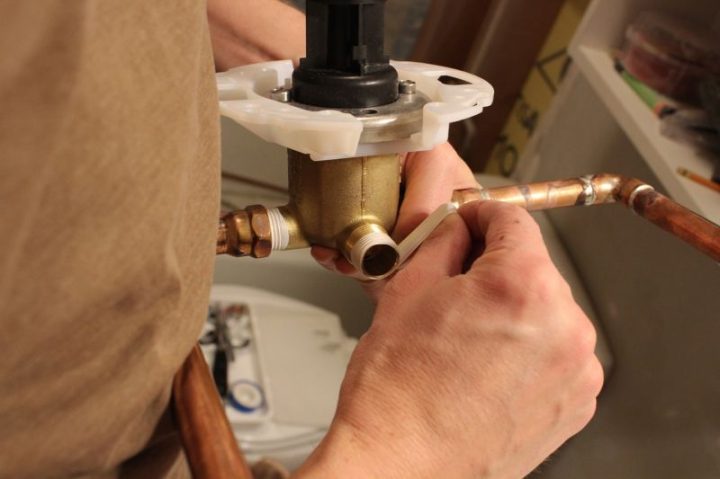 View in gallery
View in gallery
Wrap Teflon tape across the threads on the blending valve.
Screw on the pipes as per your unique measurements and setup, ensuring that the blending valve will set up within the appropriate place.
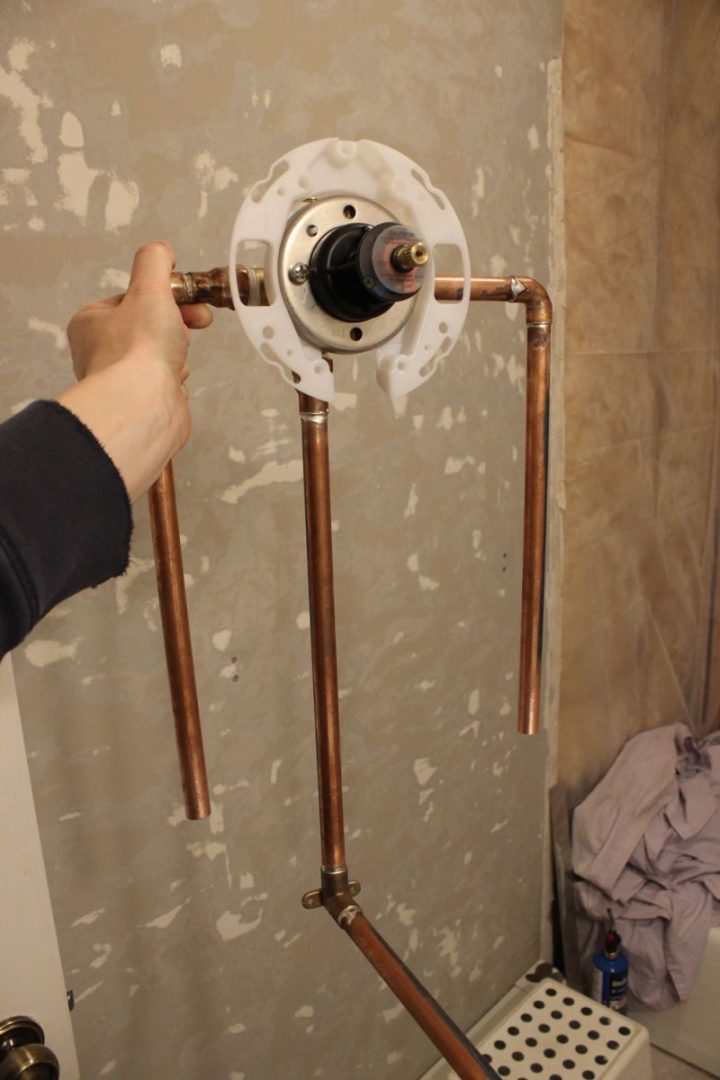 View in gallery
View in gallery
You solely have to screw on the 2 water pipe joints (scorching/chilly) and the bathtub faucet joint at this level.
Set it apart for a minute.
 View in gallery
View in gallery
Step 9: Coping with outdated fittings
It’s virtually time to take away the outdated mixing valve and pipes, however earlier than you try this, they are going to make useful measurement guides on your new items.
Measuring out of your outdated tub faucet (assuming your new tub faucet shall be positioned in the identical spot), mark the place the place your new mixing valve shall be.
Drill a gap within the nearest wall stud for the brand new pipe, on this case the chilly water pipe popping out the right-hand facet.
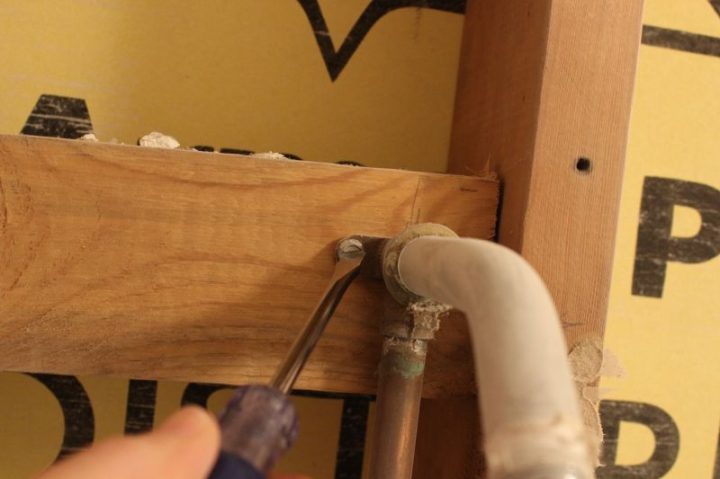 View in gallery
View in gallery
Now let’s take away the outdated mixing valve and pipes.
Unscrew the drop ear elbows for the bathe and tub faucet.
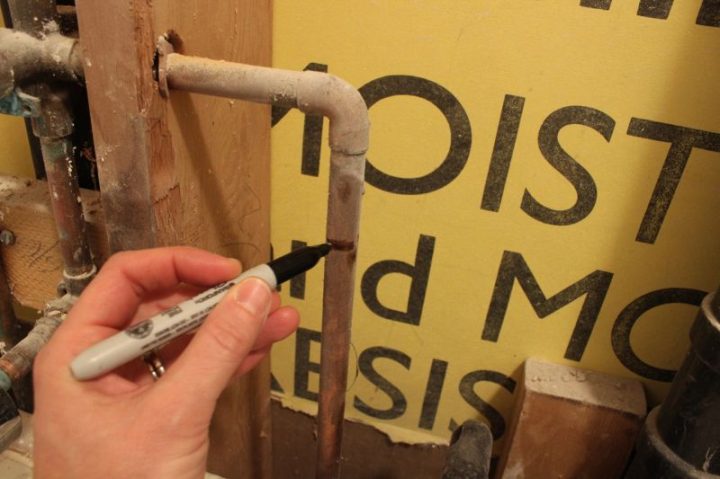 View in gallery
View in gallery
Utilizing your new water pipes as a measuring information, mark the place on the outdated cold and warm water pipes the place you’ll want to chop the pipe for an ideal match onto the brand new pipes. Flip off your own home’s water.
DON’T CUT ANYTHING UNTIL YOU’VE TURNED OFF YOUR HOUSE’S WATER.
After you’ve turned off the water, go away one other faucet “on” to empty out the home’s water pipes considerably earlier than reducing into your tub/bathe pipes to put in rain bathe head.
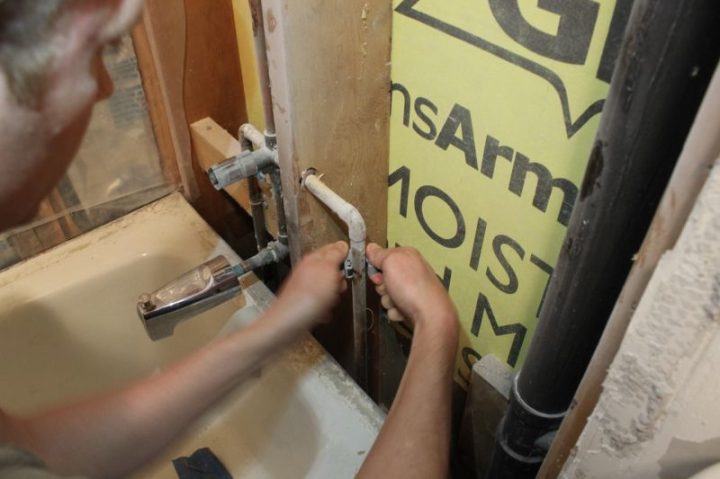 View in gallery
View in gallery
Once you’re happy that little water stays within the pipes, seize your pipe cutter and thoroughly minimize the pipe on the place you’ve marked.
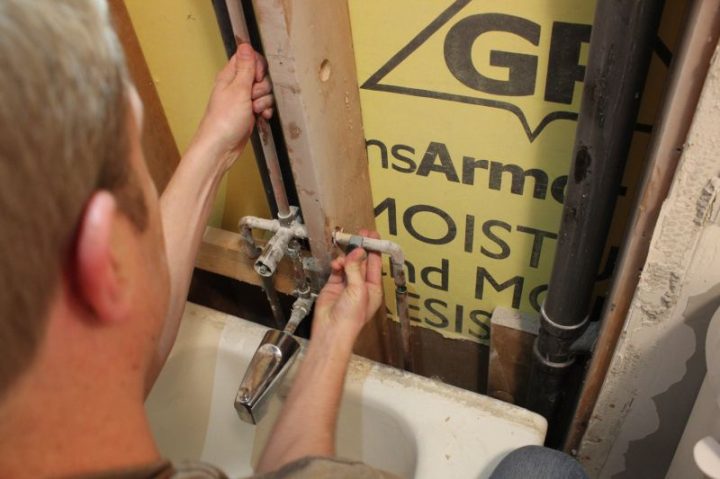 View in gallery
View in gallery
If the pipe is related to a joint, you’ll want to chop it at a distinct spot to have the ability to take away it.
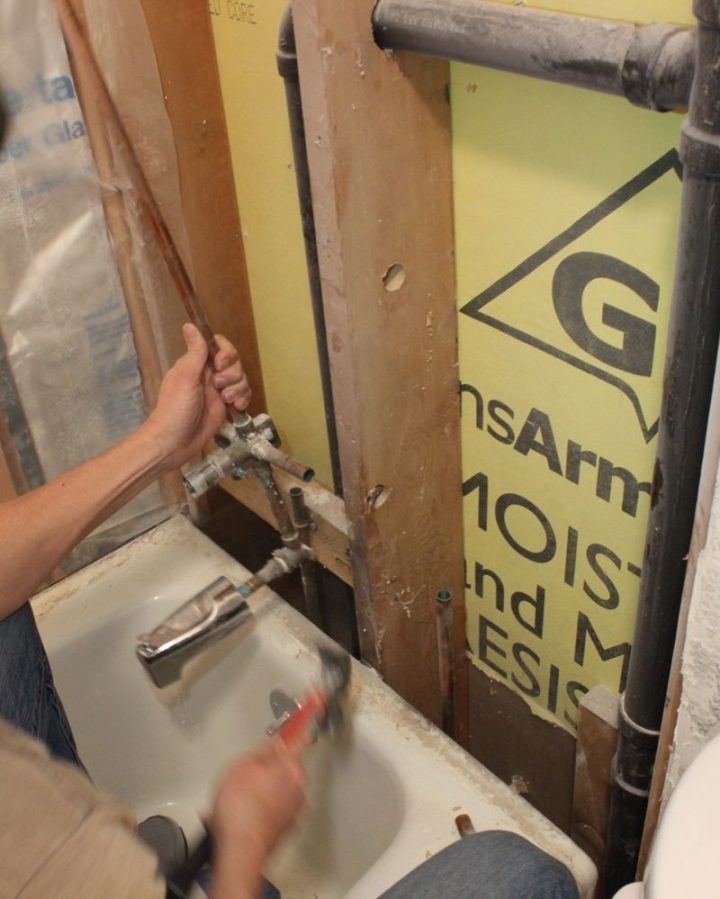 View in gallery
View in gallery
Lower the opposite water pipe in the identical manner, and take away the whole outdated mixing valve, tub faucet, cold and warm water pipe joints, and bathe head pipe and fittings.
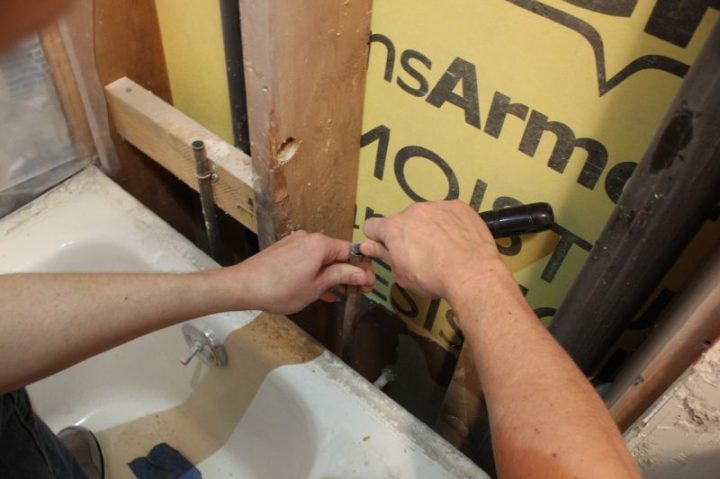 View in gallery
View in gallery
Fastidiously take away the burr on the within of your outdated water pipes.
Clear and sand the skin of the outdated pipe simply as you ready your newer pipes for soldering.
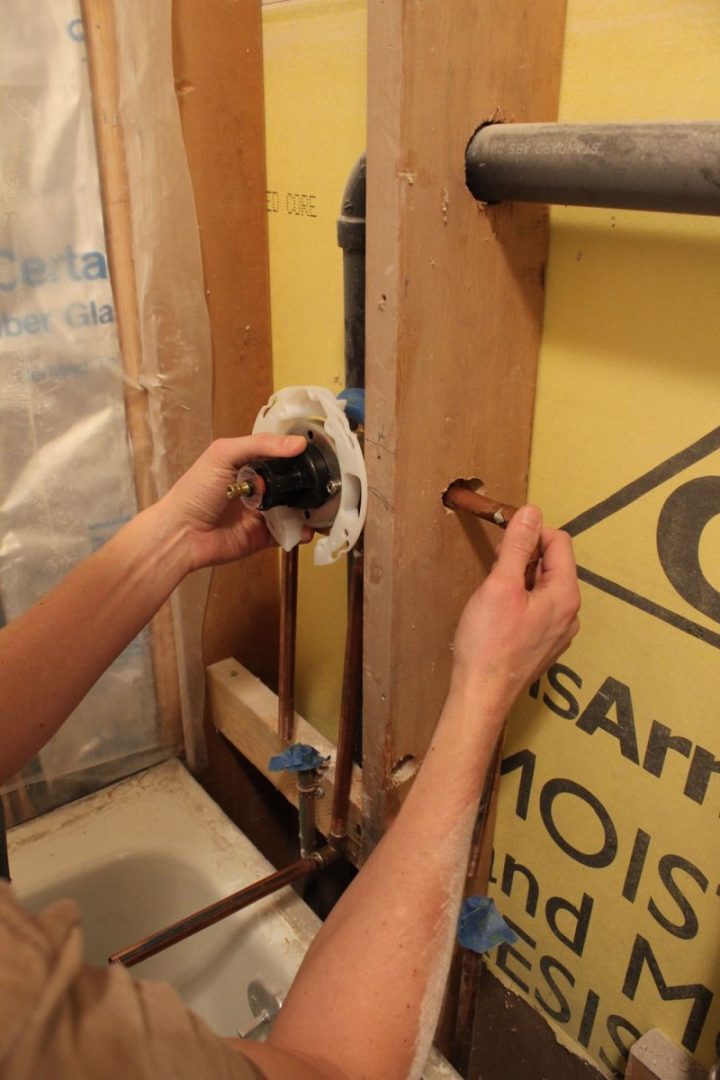 View in gallery
View in gallery
Place your mixing valve by threading your pipe(s) by means of any stud holes that you simply’ve drilled as wanted.
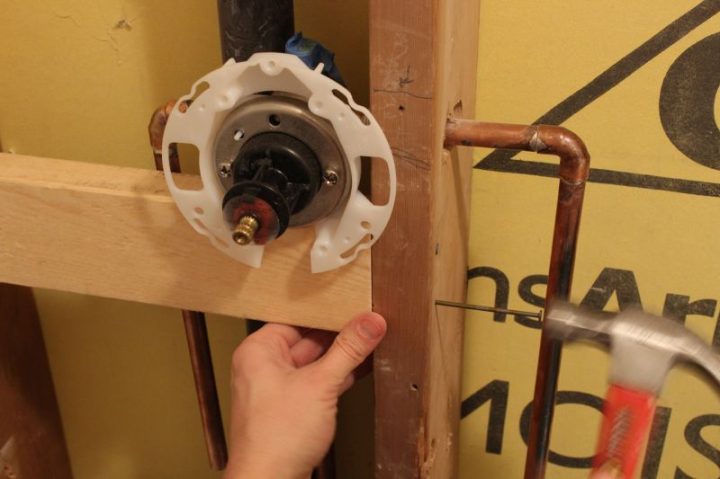 View in gallery
View in gallery
Step Ten: Setting new valve
Measure the space between the 2 studs flanking the brand new mixing valve; minimize two 2x4s to this size.
Place the primary 2×4 instantly below the blending valve, taking care to maintain the face of the plastic mounting guard lined up with the vertical aircraft of the completed bathe/tub wall.
 View in gallery
View in gallery
Hammer the two×4 into place on one facet.
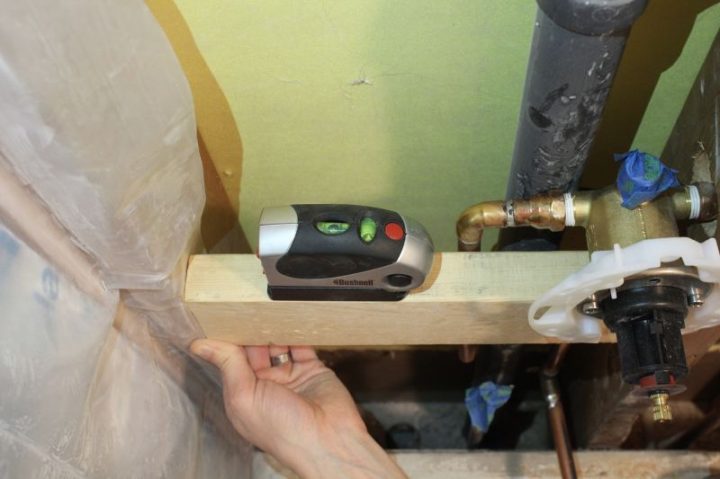 View in gallery
View in gallery
Use a stage to maintain the two×4 lined up and straight earlier than you start attaching the second facet of the two×4 to the opposite wall stud.
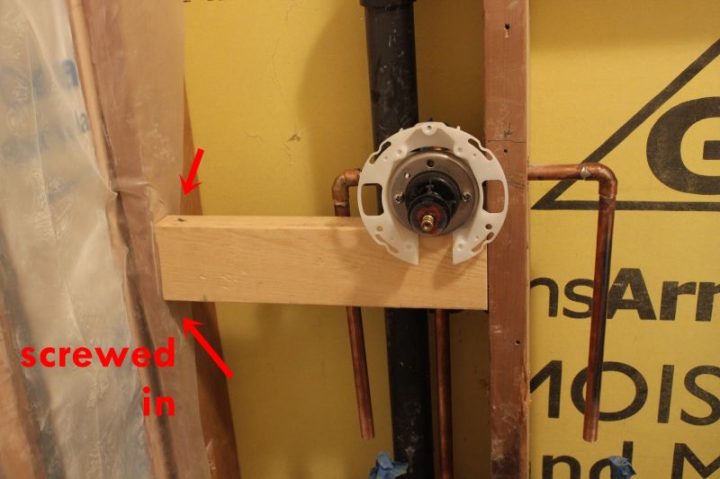 View in gallery
View in gallery
Hammer or screw within the second facet of the two×4 to the wall stud.
It doesn’t actually matter the way it’s secured, it simply issues that, as the blending valve’s major assist, it’s secured.
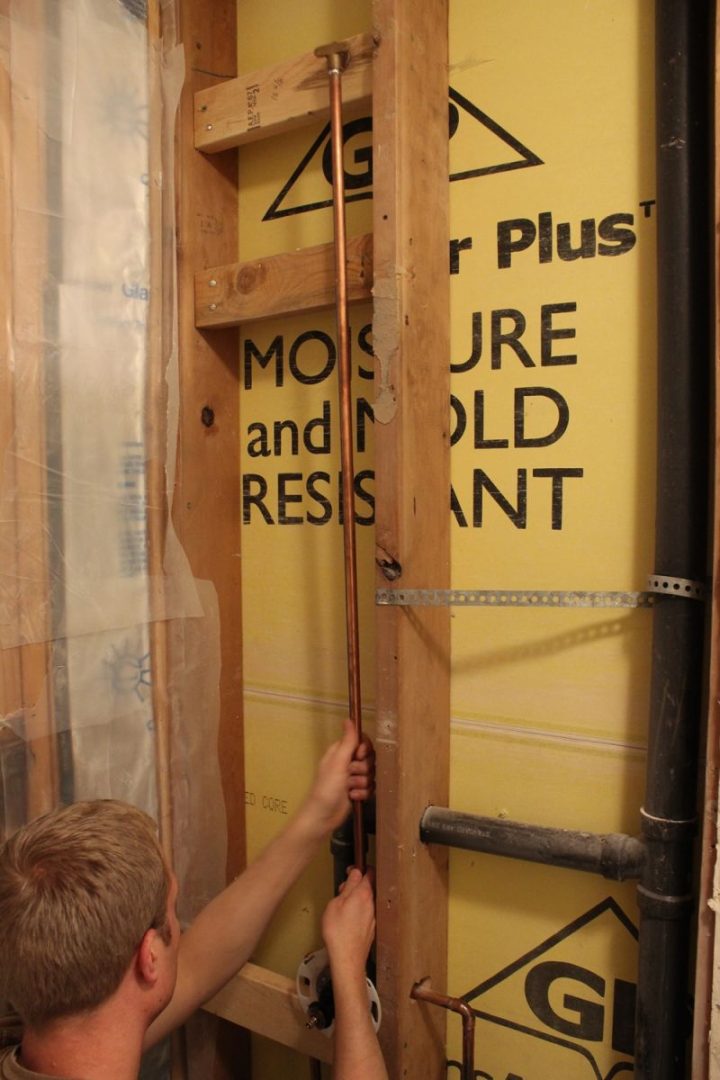 View in gallery
View in gallery
With the blending valve supported by one 2×4, screw into the highest mixing valve’s thread the bathe head pipe.
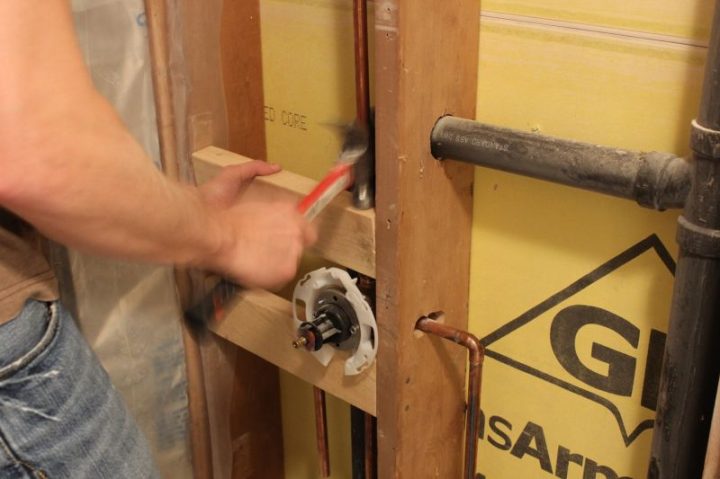 View in gallery
View in gallery
Seize the second 2×4 and, with a hammer if needed, place it to align with the highest assist body of the blending valve.
 View in gallery
View in gallery
Nail (or screw) the second 2×4 into place.
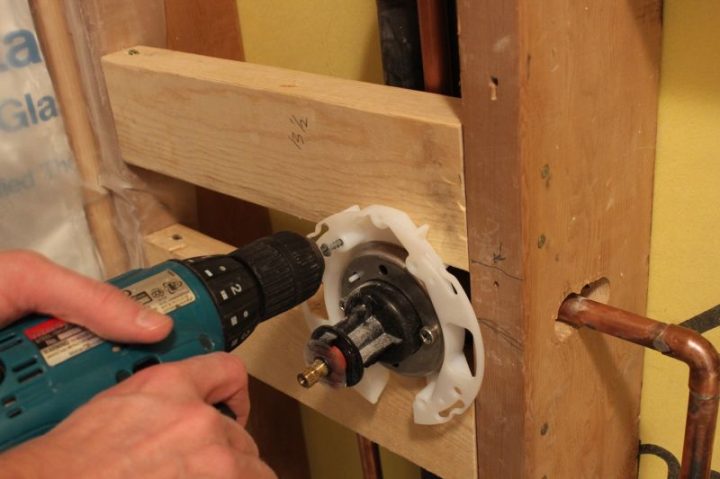 View in gallery
View in gallery
Mount the blending valve onto the 2 2x4s.
This needs to be solely, sleep-well-at-nightedly safe and steady now.
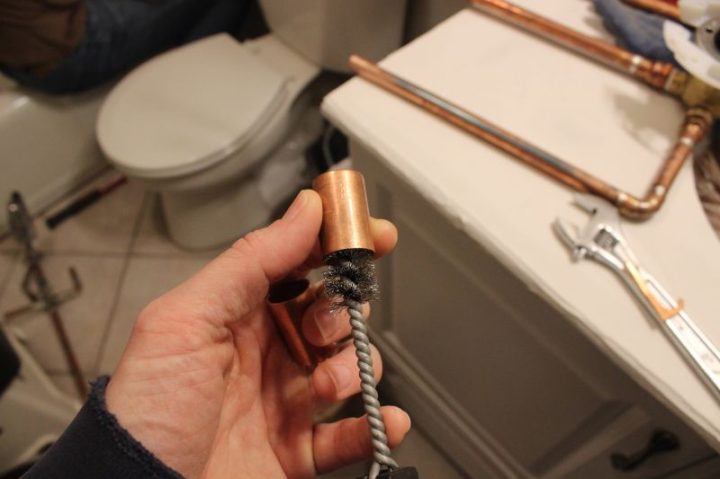 View in gallery
View in gallery
Step Eleven: Prep the couplings
Use a wire brush to scrub/scruff up the insides of two copper couplings.
These shall be used to attach the outdated water pipes to the brand new pipes, that are in flip already related to the blending valve.
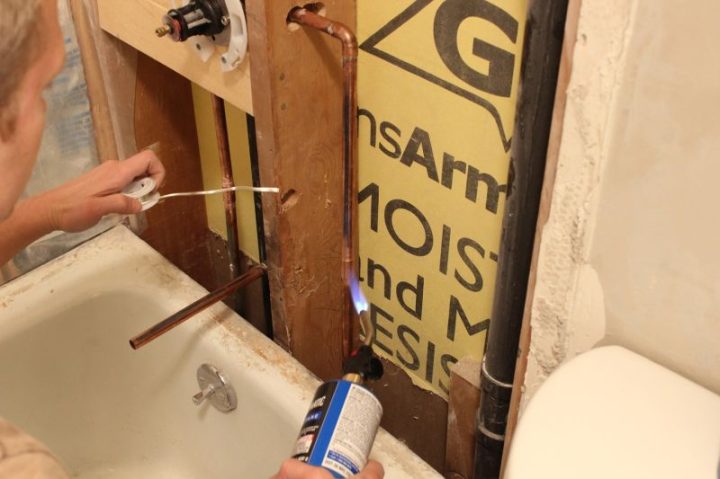 View in gallery
View in gallery
Step Twelve: Join the pipes
With the blending valve mounted securely, now could be the time to attach your own home pipes to the brand new bathe/tub pipes.
Apply your flux to the pipes and couplings, prepared your solder, and lightweight up the torch.
Word: Please use excessive warning in soldering inside your own home.
Preserve the flame solely on the suitable pipes and away from any wooden or insulation.
At all times flip off the torch earlier than setting it down.
Have a fireplace extinguisher close by, simply in case.
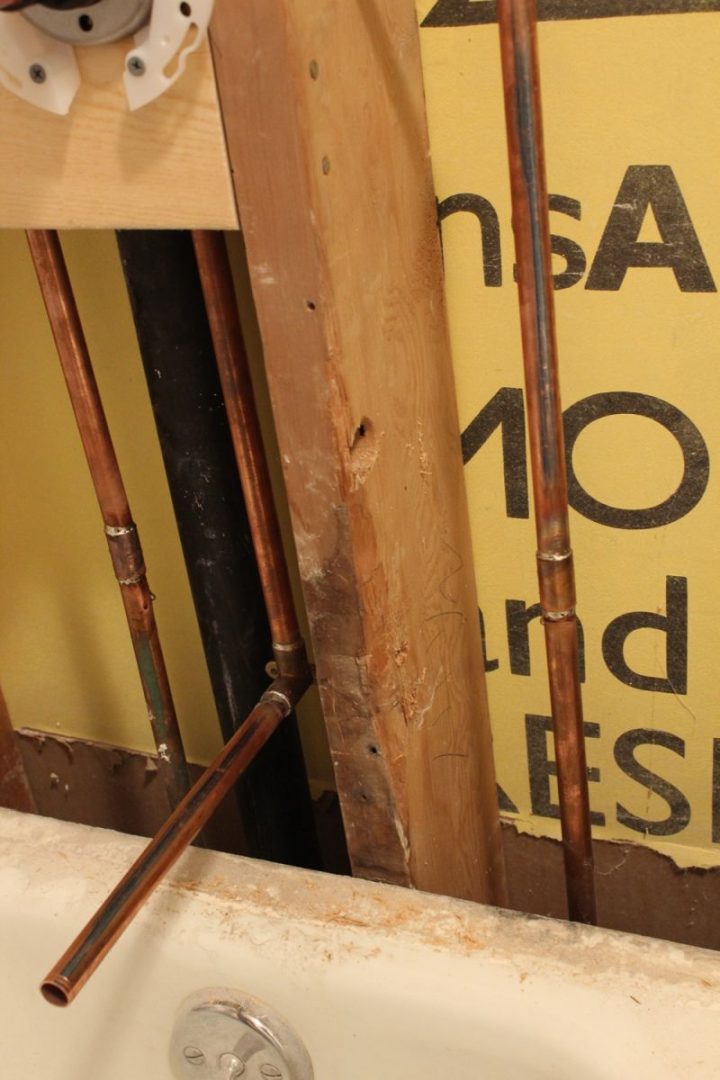 View in gallery
View in gallery
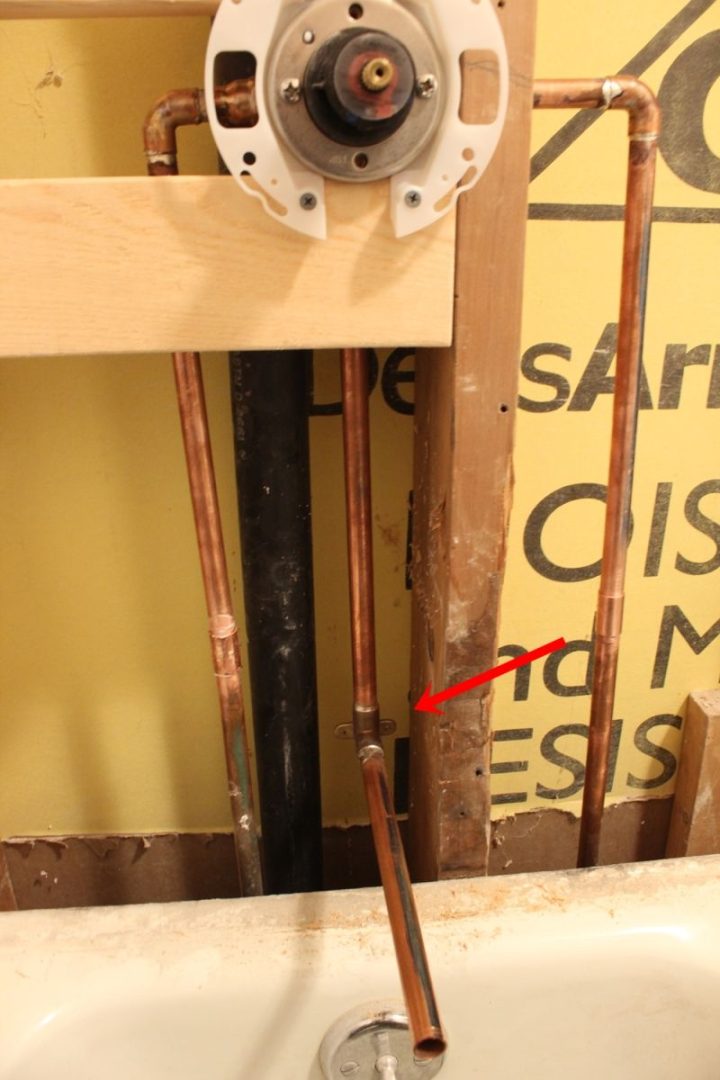 View in gallery
View in gallery
Potential Points When Coping with Outdated Bathe Pipes
Now, chances are you’ll run into some less-than-ideal setups in an outdated home. It’s not at all times simple to put in bathe head.
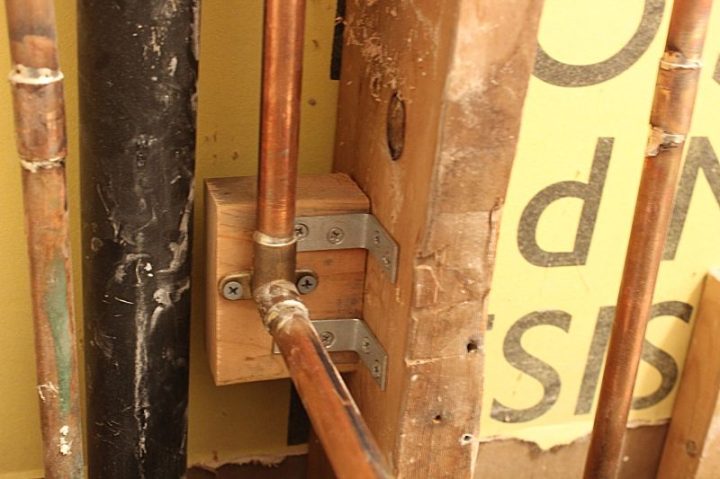 View in gallery
View in gallery
For reference: We weren’t in a position to set up a assist 2×4 for the bathtub faucet’s drop ear elbow to mount to, attributable to a big pipe’s positioning within the framework. This posed an issue, as the tap actually must be stabilized.
The answer was to make use of brackets to mount a smaller 2×4 bit, minimize to measurement to suit between the stud and the pipe.
This 2×4 piece works as a mounting gadget for the bathtub faucet drop ear elbow.
It’s not as splendid because the 2x4s that may span the whole house between studs, but it surely’s utterly safe and the most effective that we may handle on this state of affairs (with out having to reroute the whole black piping system).
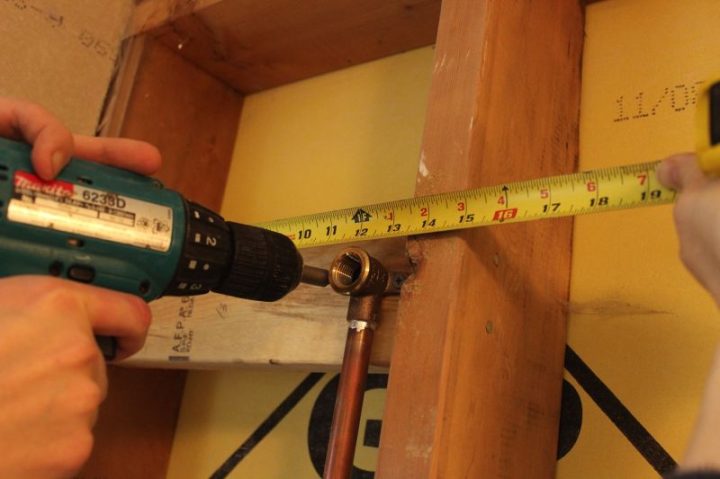 View in gallery
View in gallery
Step 13: Attaching showerhead
Measure the middle horizontal level on your bathe head, and connect that to the brand new raised 2×4.
Activate your own home’s major water line and examine for leaks.
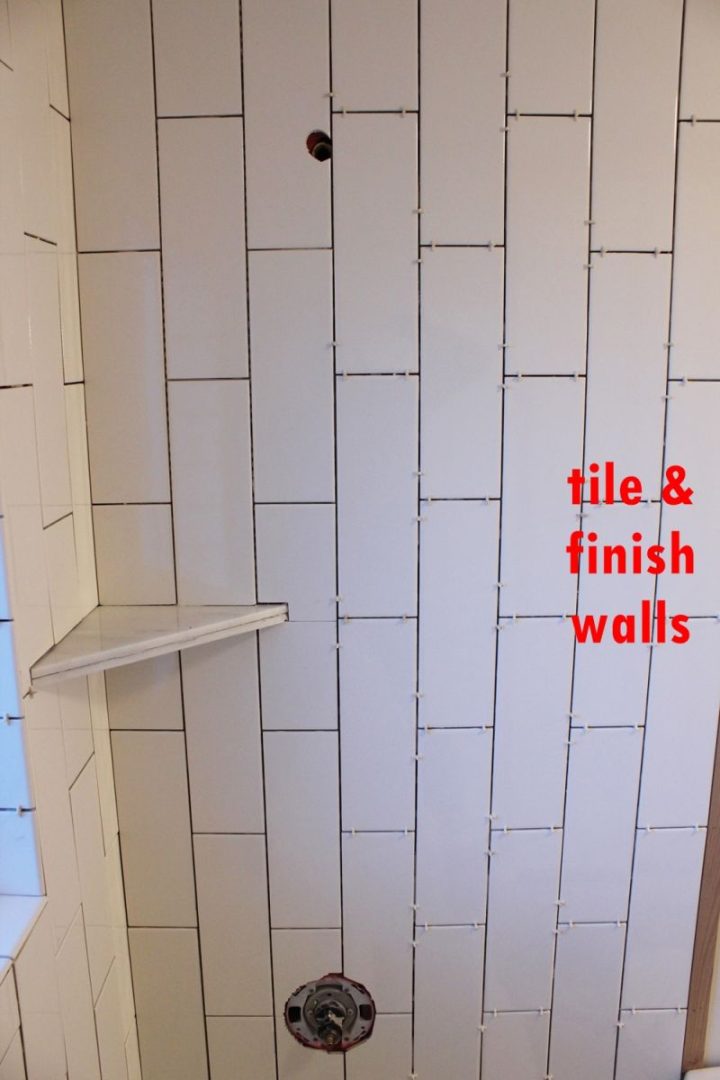 View in gallery
View in gallery
Step Fourteen: Ending touches
At this level, it’s time to arrange your tub encompass for tiling, after which truly tile the bathtub encompass and grout, seal, and caulk all of it prior to installing your new bathe/tub fixtures.
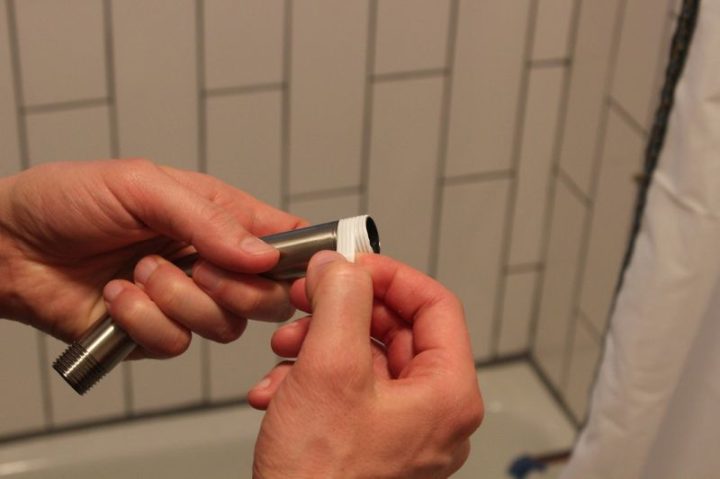 View in gallery
View in gallery
Step Fifteen: Putting in the brand new fixtures
As soon as the encompass is prepared for showering, you’re prepared to put in your fixtures.
Begin with the bathe head.
Wrap Teflon tape across the wall mount threads clockwise.
Professional Tip: You may need to put on gloves throughout this set up, to maintain your fixtures clear from the oils in your fingers. Not needed, after all, but it surely’ll prevent time in cleanup afterward.
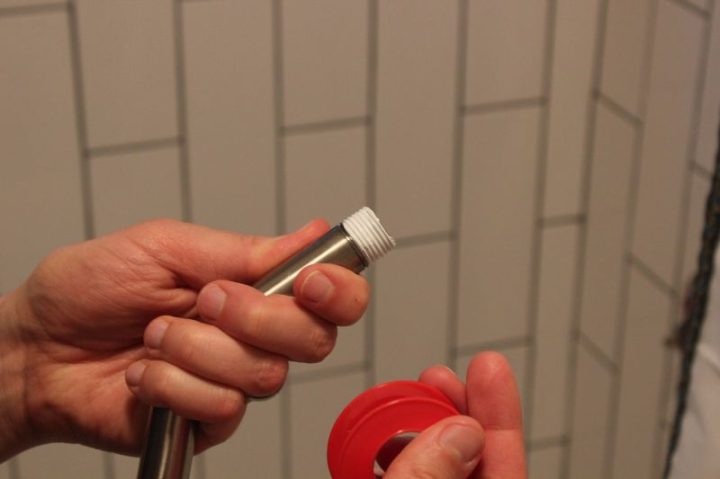 View in gallery
View in gallery
Cowl the thread part utterly, from finish to finish, however don’t tape previous the threads.
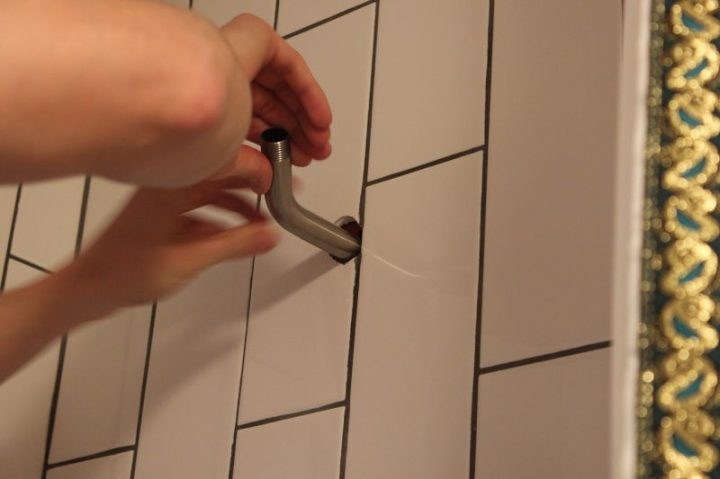 View in gallery
View in gallery
Step Sixteen: Connect arm
Screw the bathe arm into the drop ear elbow within the wall. Hand tighten it tightly, with out utilizing instruments.
That can harm the end in your fixture.
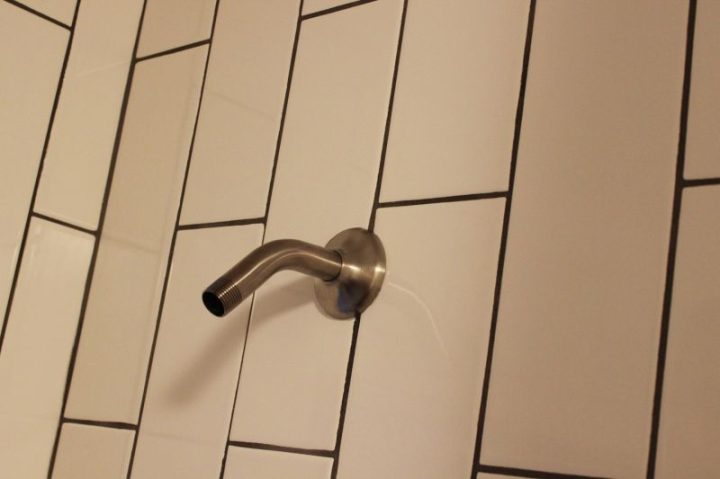 View in gallery
View in gallery
Step Seventeen: Slide on plate
Slide the plate onto the bathe arm.
You may add clear silicone round this if it makes you extra snug; hold a small 1/2″ hole within the silicone on the backside of the plate for those who do.
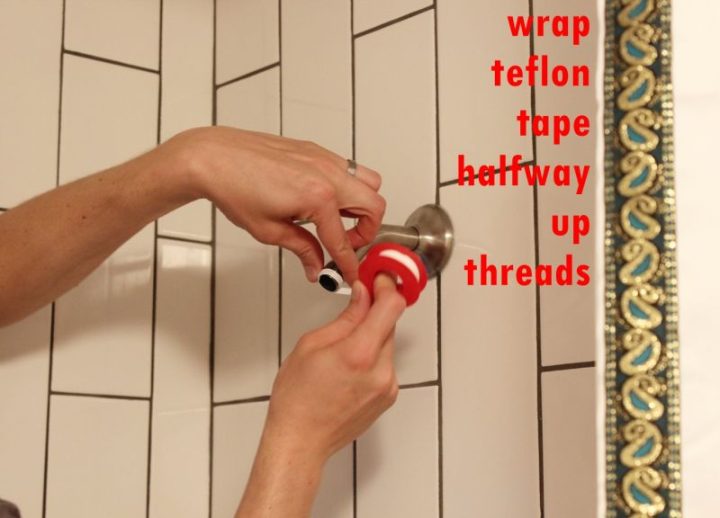 View in gallery
View in gallery
Step Eighteen: Wrap tape round finish
On the uncovered bathe arm threads, wrap Teflon tape.
Solely tape the decrease half or two-thirds of those threads, although.
Taping all the way in which up the threads will probably make the tape seen after the bathe head is put in.
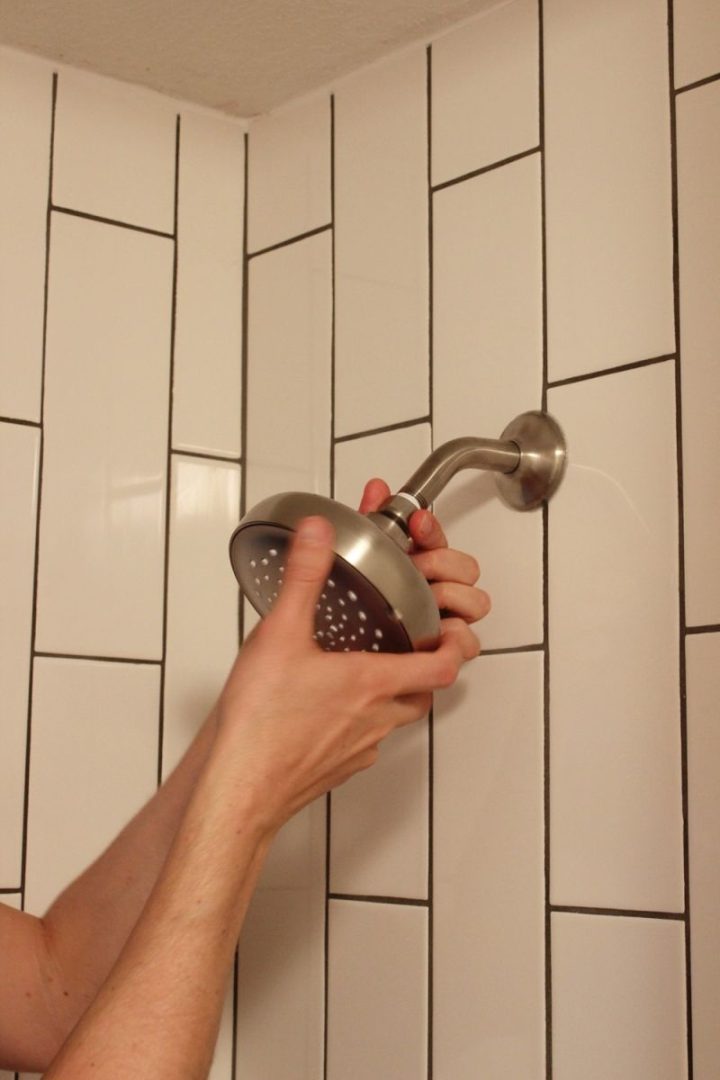 View in gallery
View in gallery
Step Nineteen: Connect head
Screw the bathe head onto the bathe arm. Hand-tighten solely.
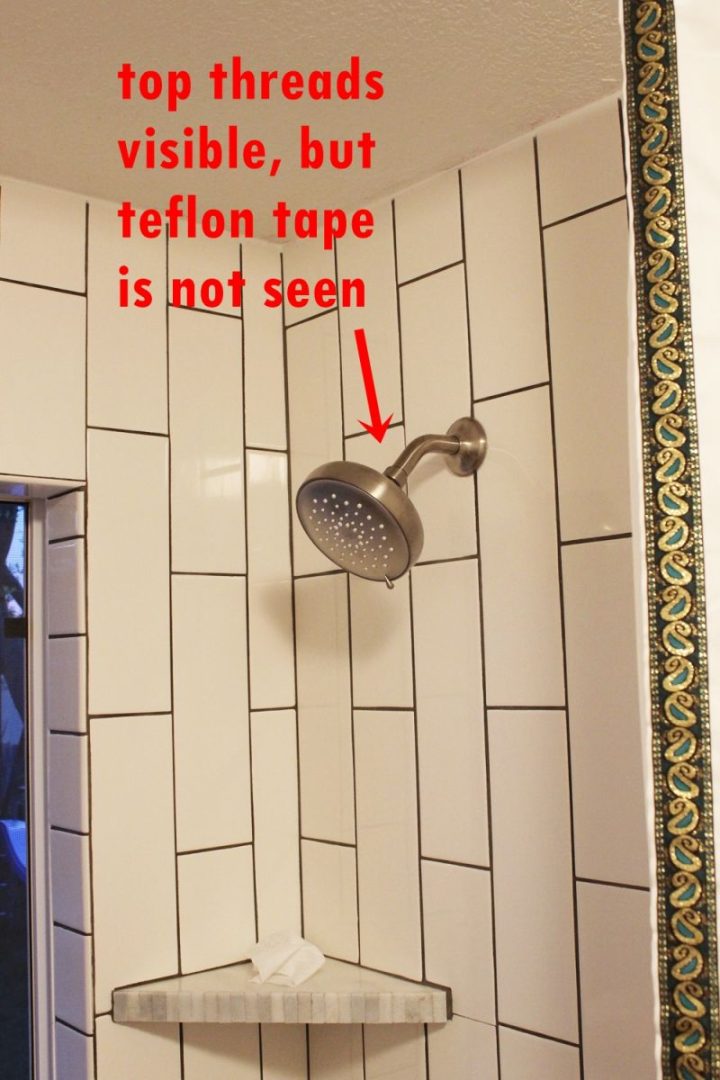 View in gallery
View in gallery
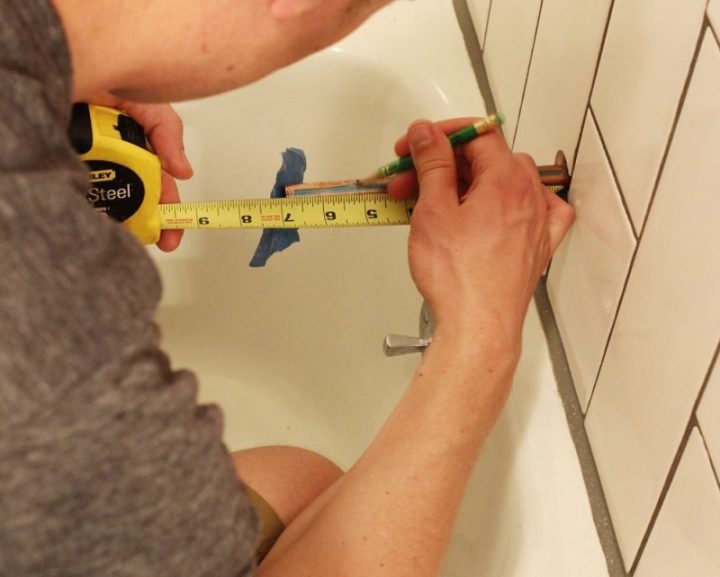 View in gallery
View in gallery
Step Twenty: Putting in the tap
After the bathe head is put in, let’s transfer onto the bathtub faucet, or spout.
Comply with the directions that include your fixtures.
For a slip-fit spout, we wanted to trim the copper pipe 5-1/8” away from the face of the tile wall.
Measured and marked right here.
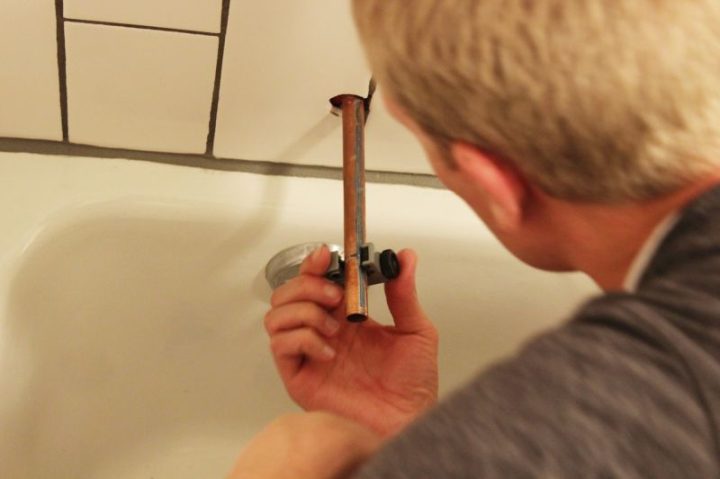 View in gallery
View in gallery
Use a copper pipe cutter to trim the pipe.
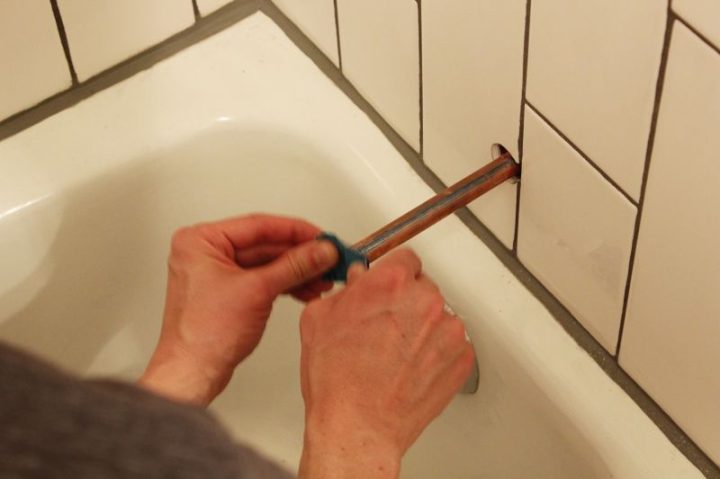 View in gallery
View in gallery
Use your sandpaper or emery paper to take away burs and clear the pipe, inside and out of doors the minimize.
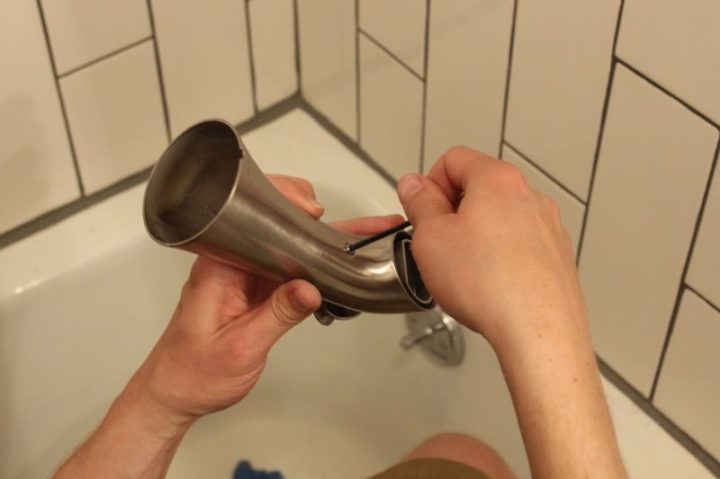 View in gallery
View in gallery
Use an allen wrench on the underside of the spout to loosen the connector inside.
 View in gallery
View in gallery
Slide the spout onto the copper pipe.
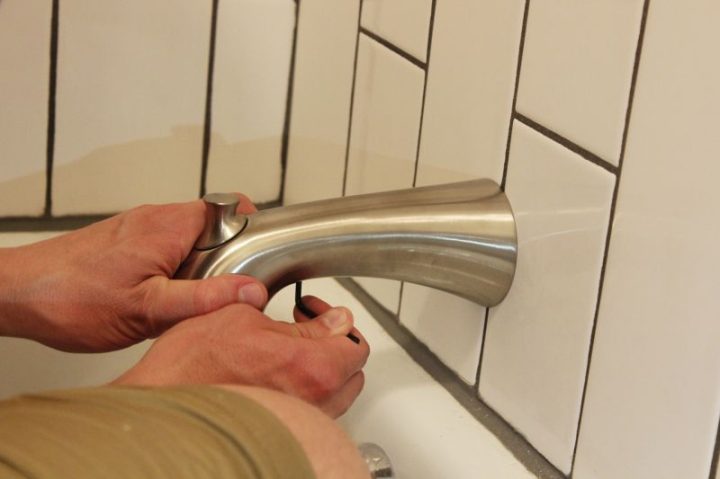 View in gallery
View in gallery
Push the spout up in opposition to the wall as you tighten the setscrew on the underside of the spout.
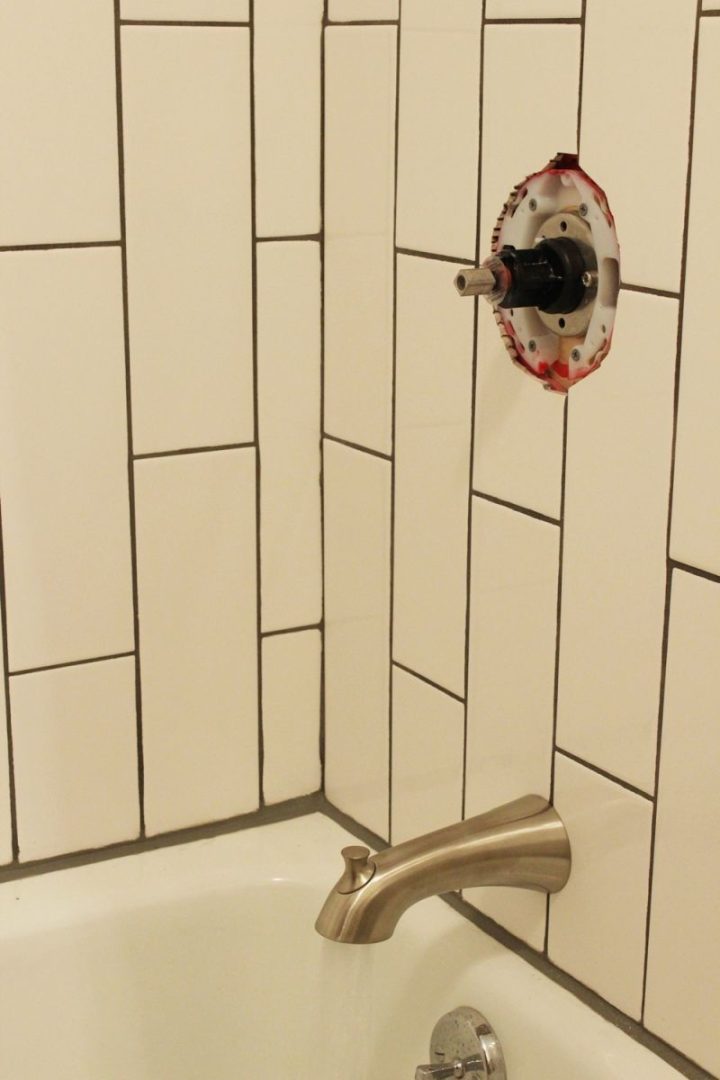 View in gallery
View in gallery
With the bathe head and tub spout in place, it’s time to sort out the mixer valve.
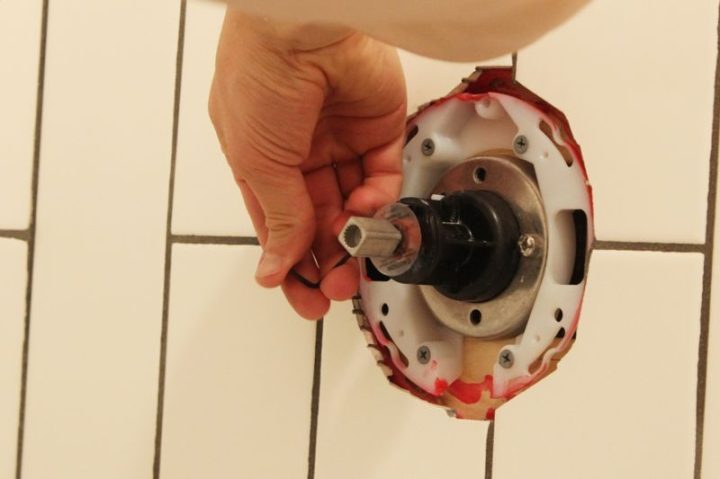 View in gallery
View in gallery
Step Twenty One: Setting the temp
First, we’ll have to set the max temperature of the water.
To do that, slide the reversible adapter onto the top of the mixer valve so you may flip the water on/off.
Merely put, you’ll alter the water temperature by turning on the water, utilizing an allen wrench within the screw to regulate to the most popular temperature level you need, then turning off the water.
That is essential so that individuals utilizing the bathtub/bathe (significantly kids) don’t scald themselves by accident.
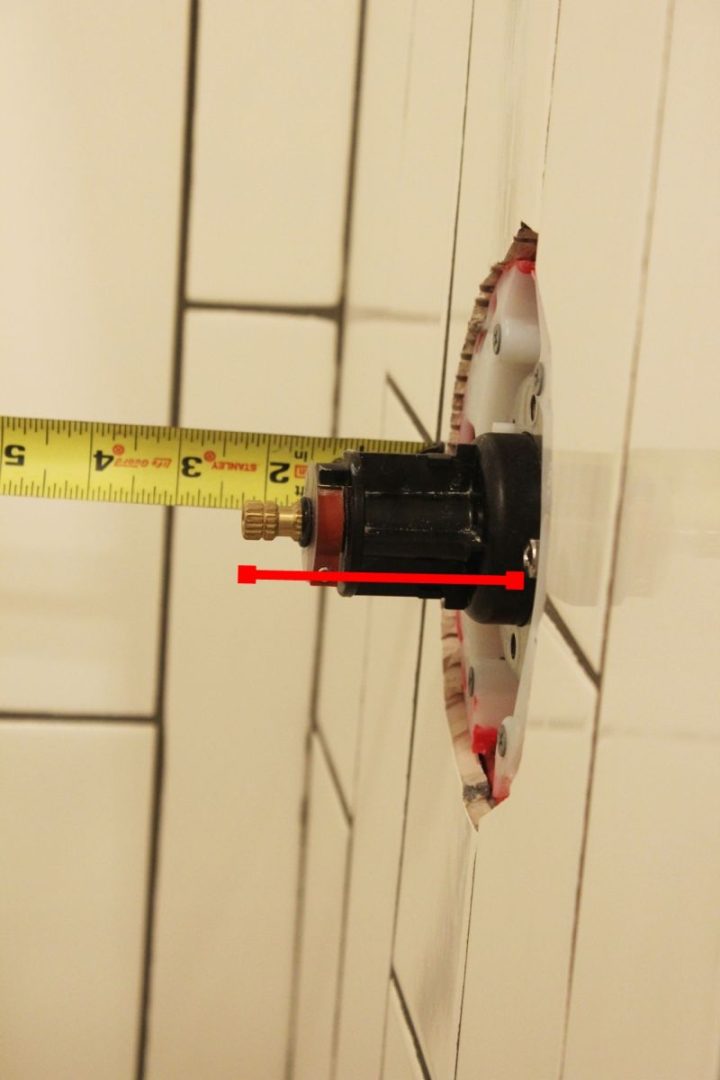 View in gallery
View in gallery
Step Twenty-Two: Proceed putting in faucet
With the max water temperature set, you’re prepared to maneuver on.
Measure the space from the face of the bathe wall to the top of the mixer valve.
This distance will decide the place of your reversible adapter; shorter distances would require the adapter’s longer finish to face outward, whereas longer wall-to-valve distances will want the adapter’s shorter finish dealing with outward.
 View in gallery
View in gallery
Set up the reversible adapter as squarely as doable by screwing the adapter into the mixer valve.
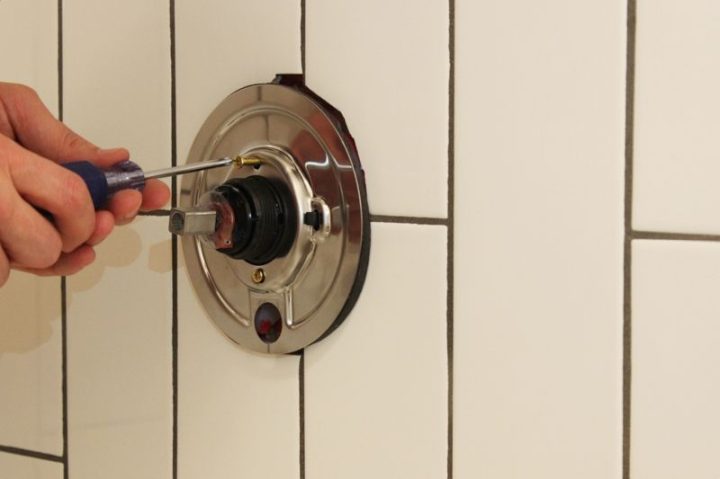 View in gallery
View in gallery
Set up the seal plate.
For Reference: We initially tightened our seal plate so it was virtually flush in opposition to the wall; this proved to be too tight, because it wouldn’t enable the bathtub deal with to put in correctly. So we loosened the seal plate barely, backing it away from the bathe wall about 1/16” or 1/8”.
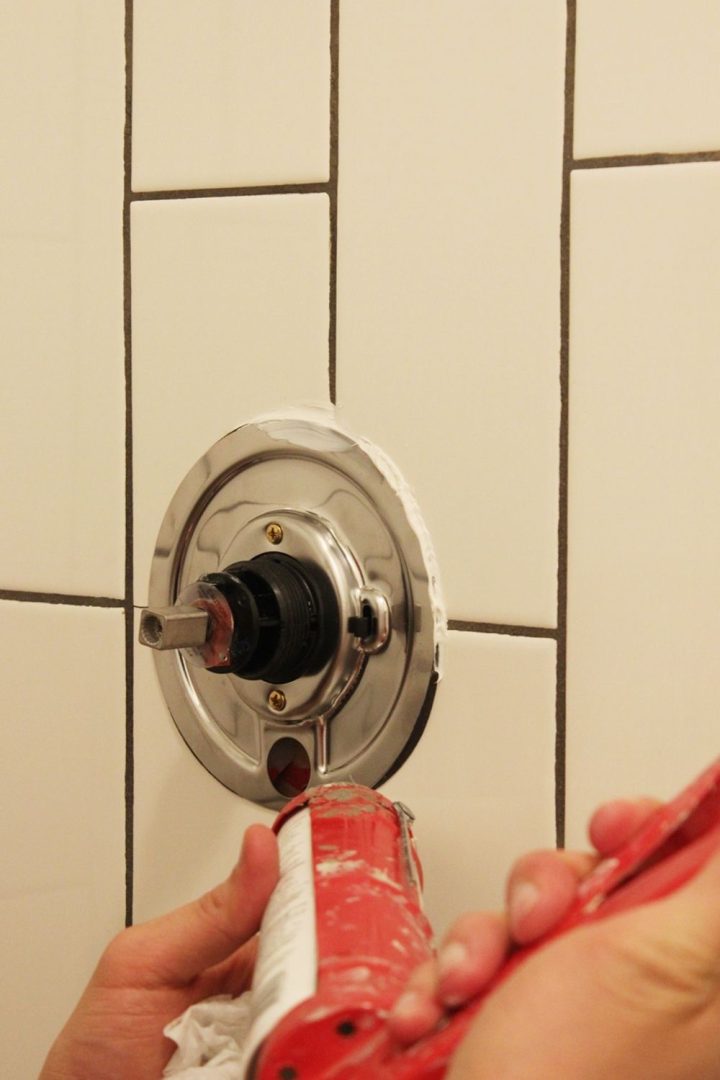 View in gallery
View in gallery
As its identify suggests, it’s essential that this plate is sealed in opposition to the wall.
As a result of there wasn’t adequate floor space of tile assembly the again facet of our seal plate, we sealed the plate after it was put in.
Most set up directions advocate making use of sealant to the again facet of the seal plate, then putting in. If you’ll be able to do that in your tile wall, go for it.
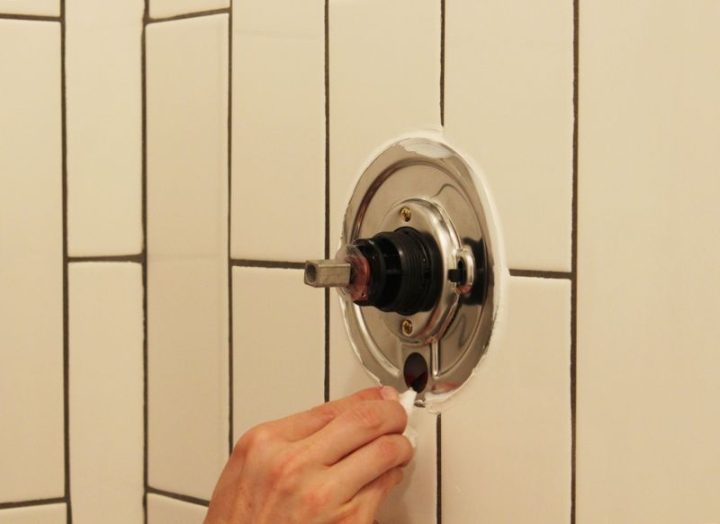 View in gallery
View in gallery
As with all sealing steps on this course of, we left a small hole within the sealant on the backside of the plate.
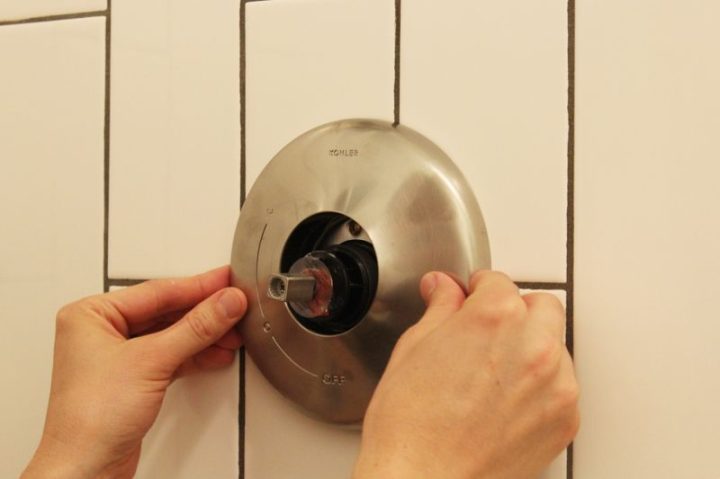 View in gallery
View in gallery
Place the bathtub deal with’s faceplate over the seal plate, with the groove or notch dealing with down.
If there are phrases in your faceplate, you may most likely assume the phrases needs to be dealing with up.
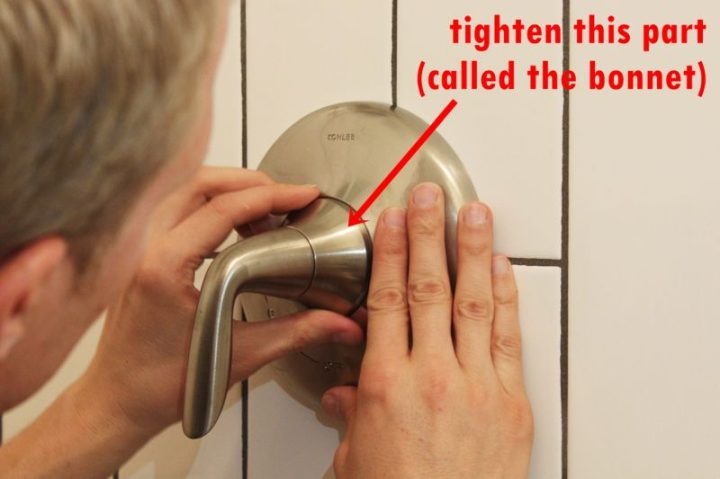 View in gallery
View in gallery
Holding the faceplate in place, slide the deal with into the opening, onto the reversible adapter on the mixer valve.
The deal with needs to be dealing with downward, or oriented within the path as per your particular fixtures’ directions.
Tighten the deal with’s bonnet (flip clockwise) till the deal with is safe.
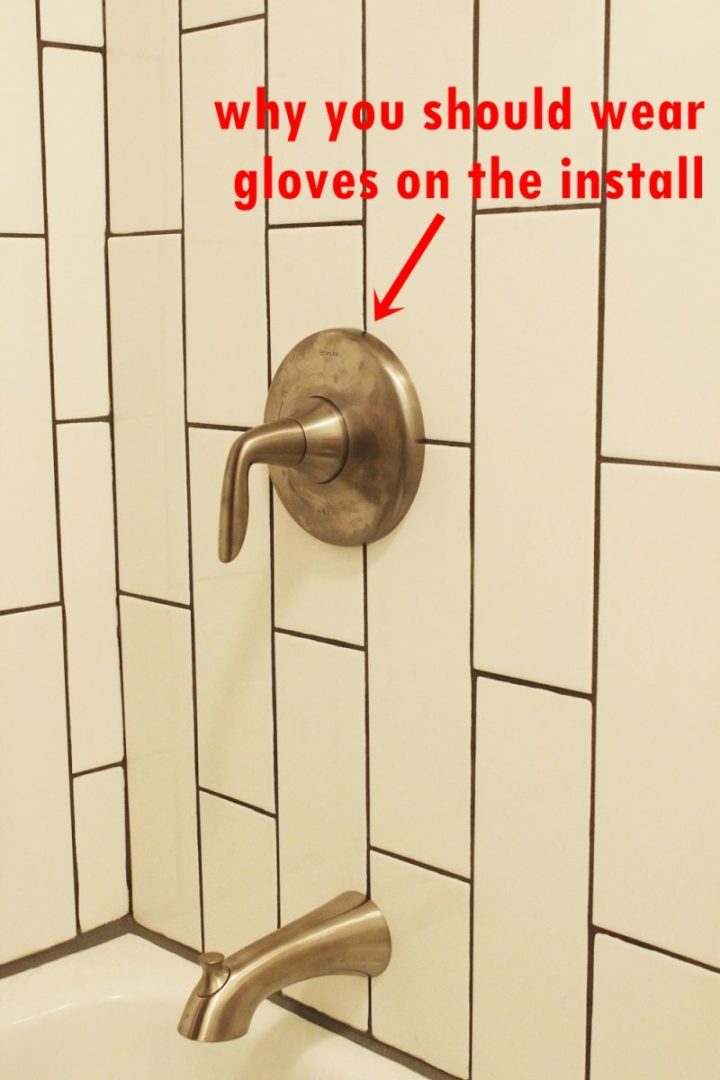 View in gallery
View in gallery
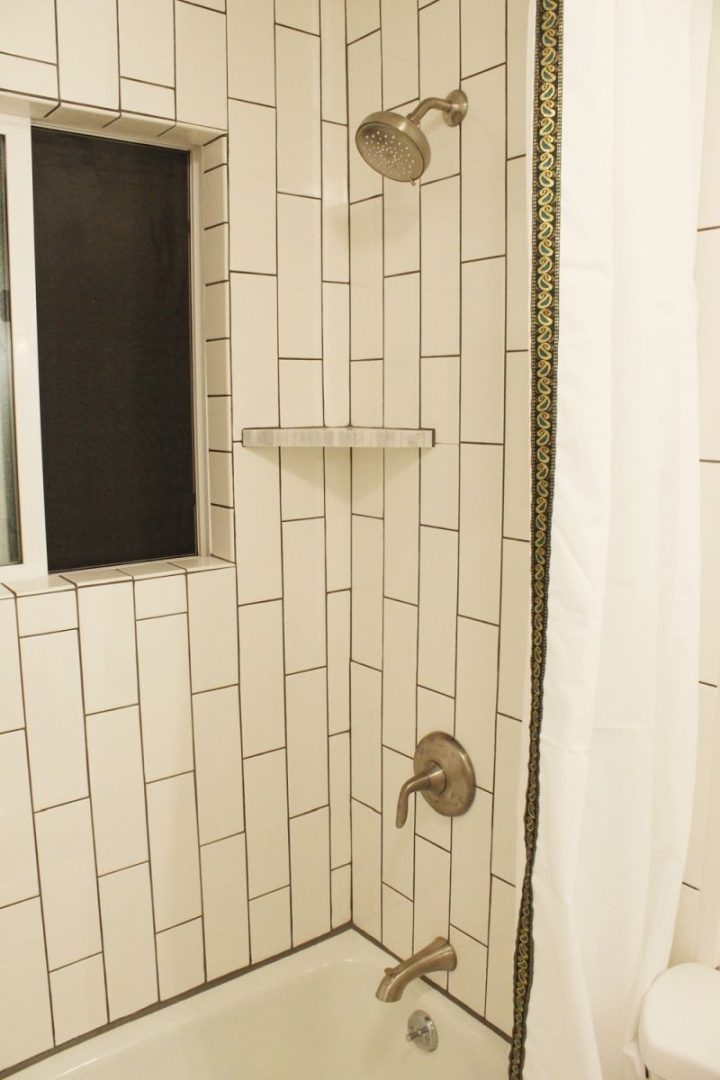 View in gallery
View in gallery
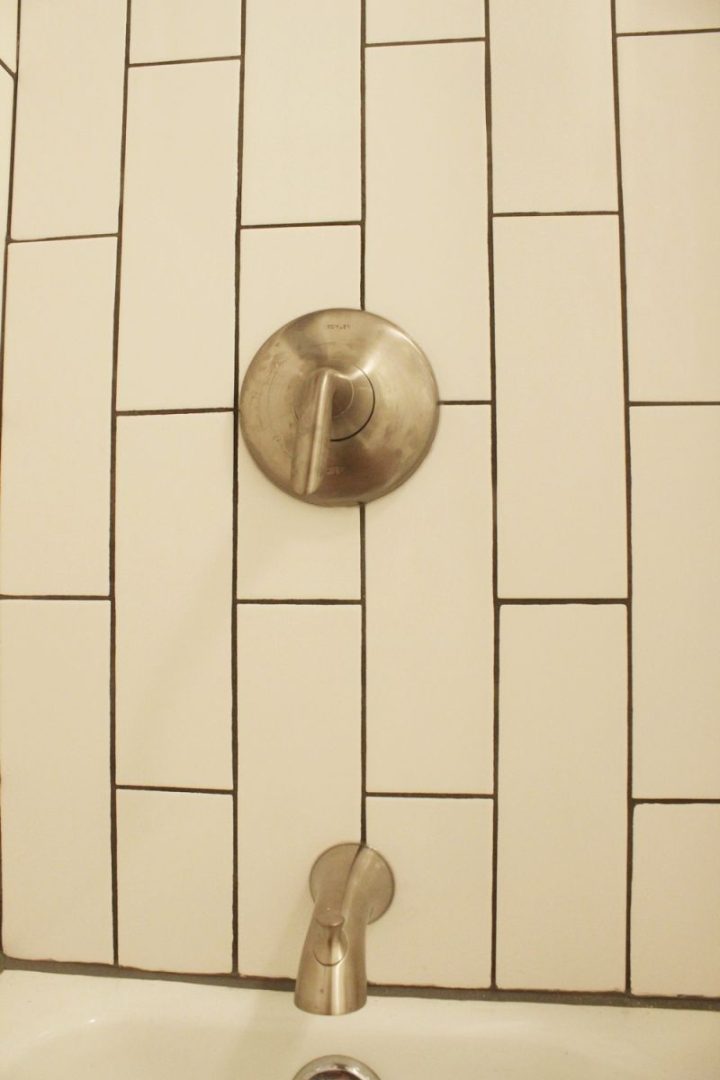 View in gallery
View in gallery
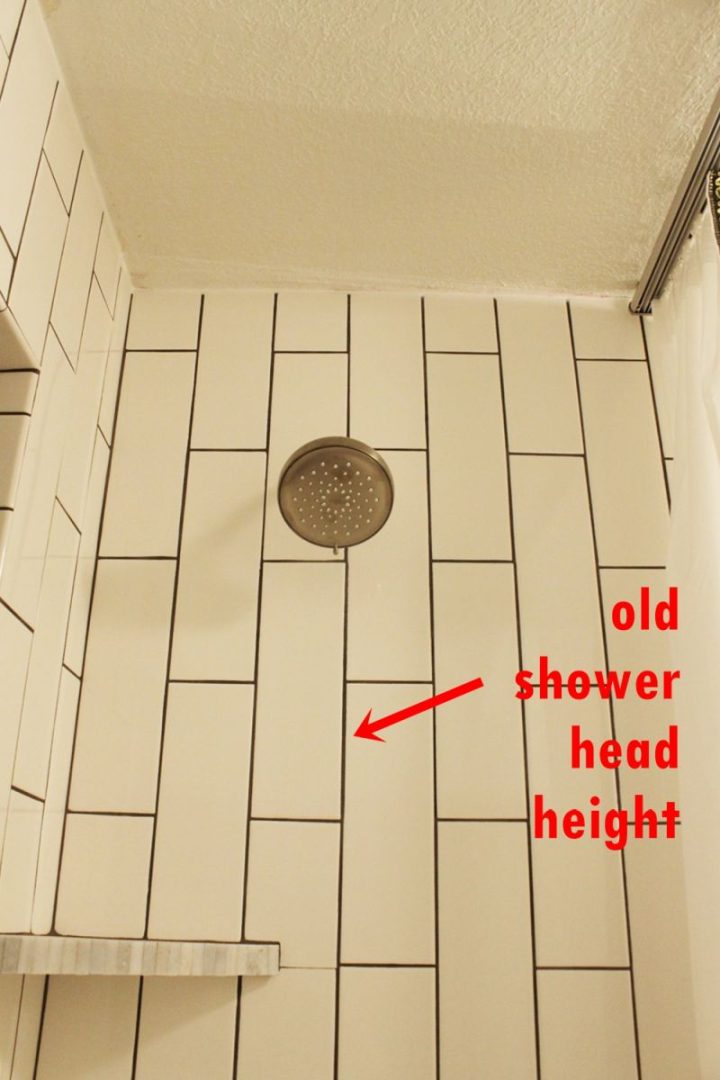 View in gallery
View in gallery
It’s onerous to think about that the unique bathe head hit at this level. For tall customers of the bathe, that merely makes for an uncomfortable bathing expertise.
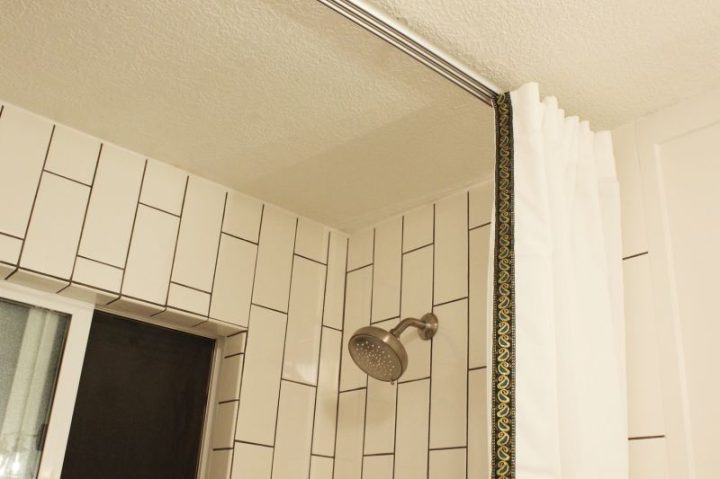 View in gallery
View in gallery
The brand new bathe head hits barely under the highest of the window. Beforehand, the bathe head hit about 2/3 up the window. That’s a major distinction, each in perform and in type.
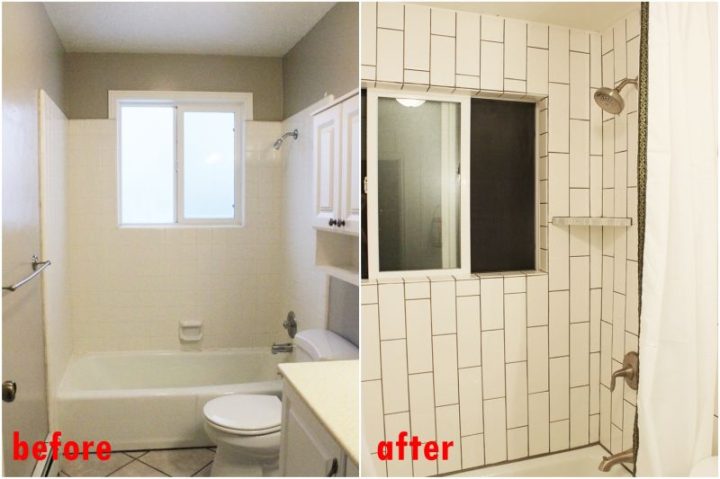 View in gallery
View in gallery
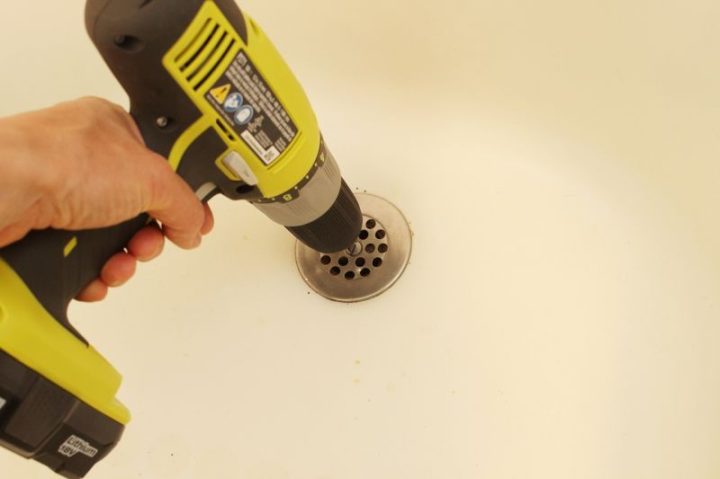 View in gallery
View in gallery
Non-obligatory however welcome boost:
The very last thing you’ll most likely need to do is change the tube drain and faceplate/triplever to match your new fixtures.
There are numerous variations for what elements your bathtub may need; on this case, there was a strainer and a triplever.
Start by eradicating the outdated strainer by unscrewing the middle screw.
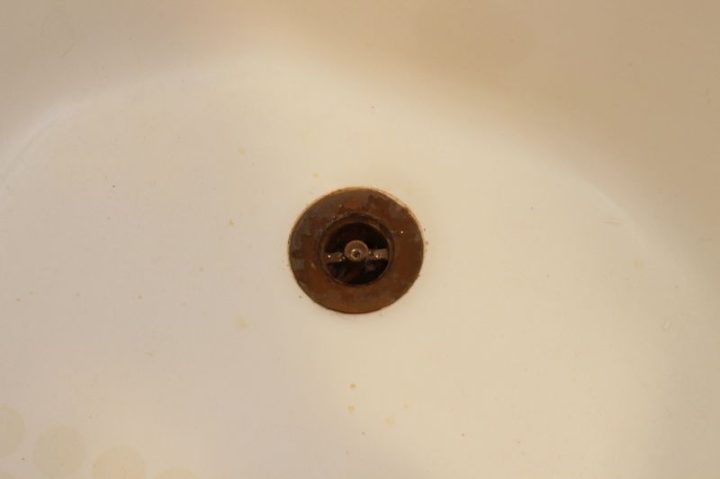 View in gallery
View in gallery
In some circumstances, the whole strainer meeting can come out of your bathtub comparatively simply.
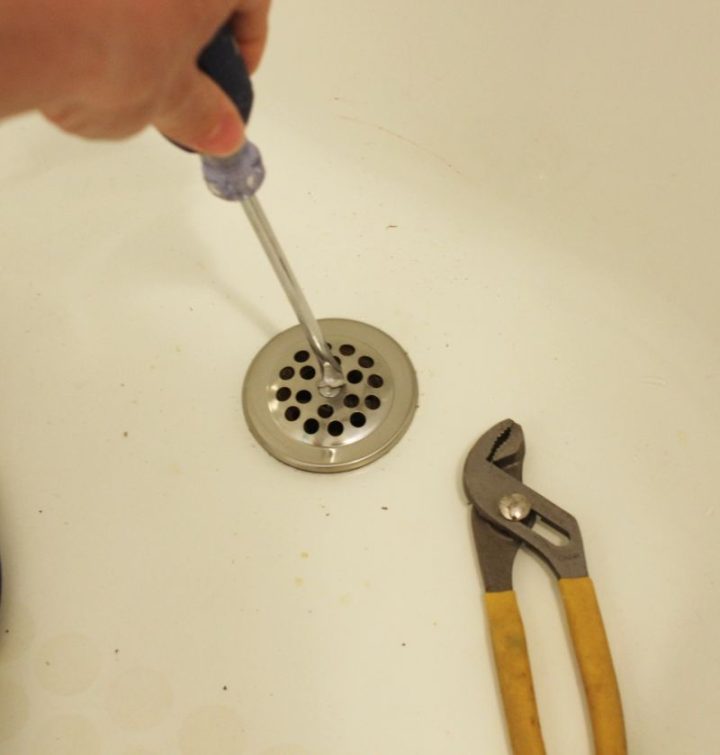 View in gallery
View in gallery
As soon as eliminated, place the brand new matching strainer as a replacement.
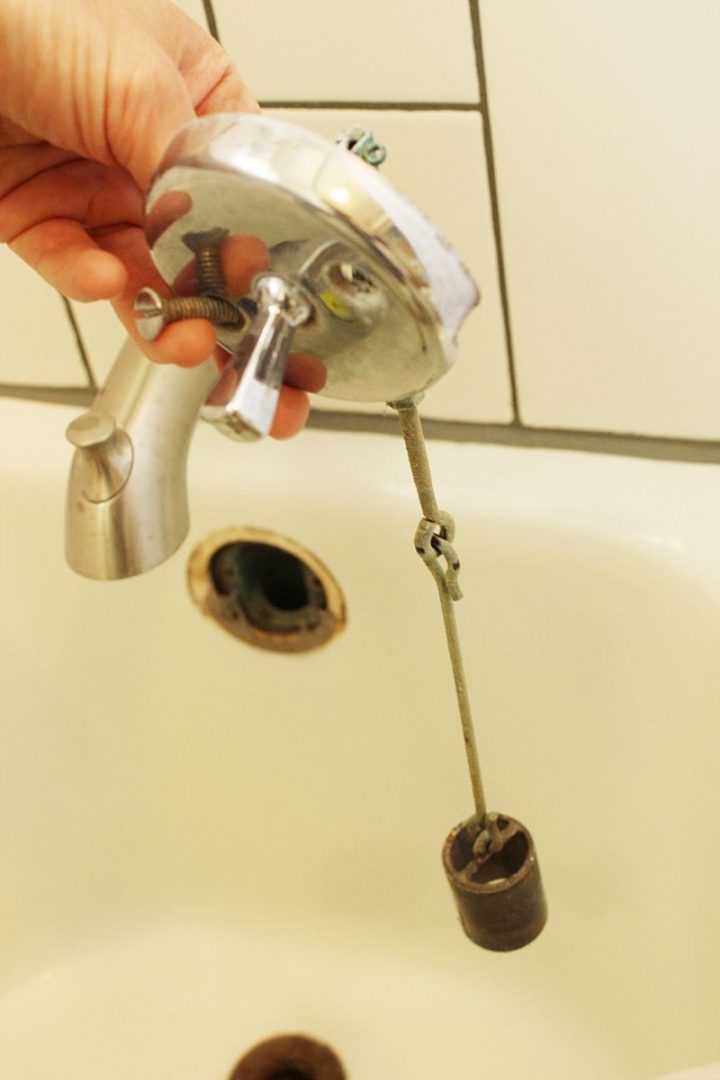 View in gallery
View in gallery
Subsequent, it was time to interchange the triplever.
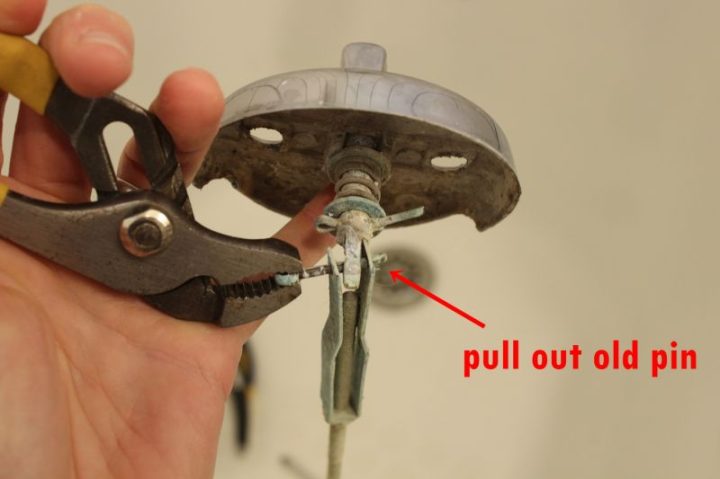 View in gallery
View in gallery
First, take away the outdated pin (referred to as a cotterpin) that connects the plunger meeting to the faceplate.
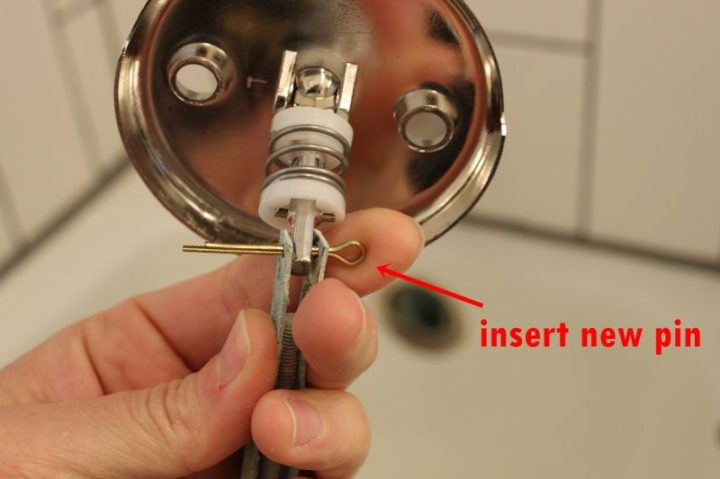 View in gallery
View in gallery
Then place the brand new cotterpin to connect the meeting to the brand new faceplate.
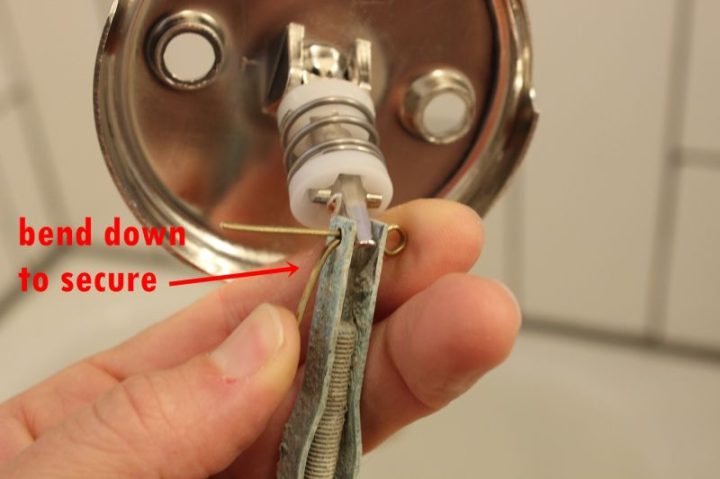 View in gallery
View in gallery
Bend one facet of the cotterpin right down to safe it into place.
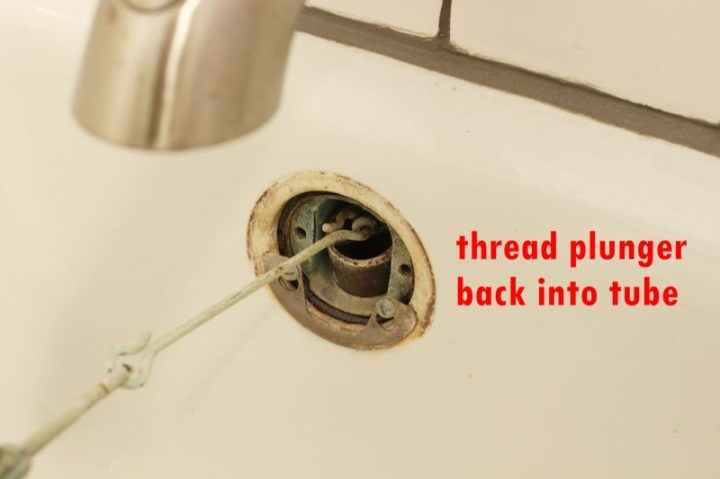 View in gallery
View in gallery
Thread the meeting, starting with the plunger, again into the overflow tube.
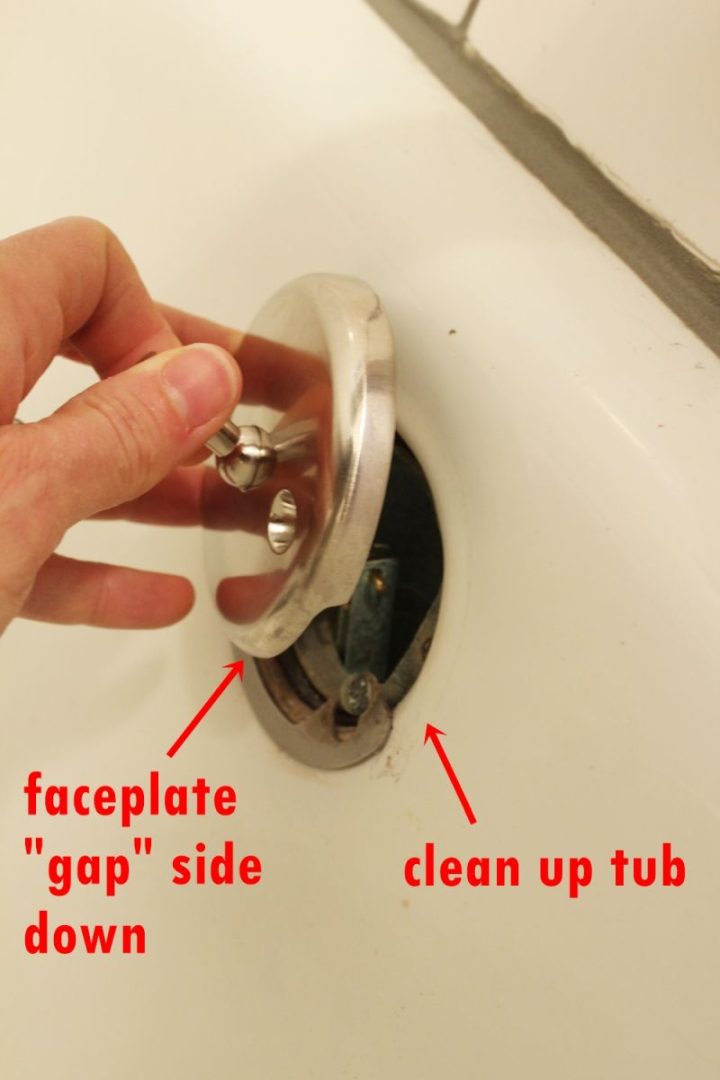 View in gallery
View in gallery
Clear the bathtub space behind the place the brand new faceplate will go.
Fastidiously place your new triplever faceplate in order that the “hole” space faces downward.
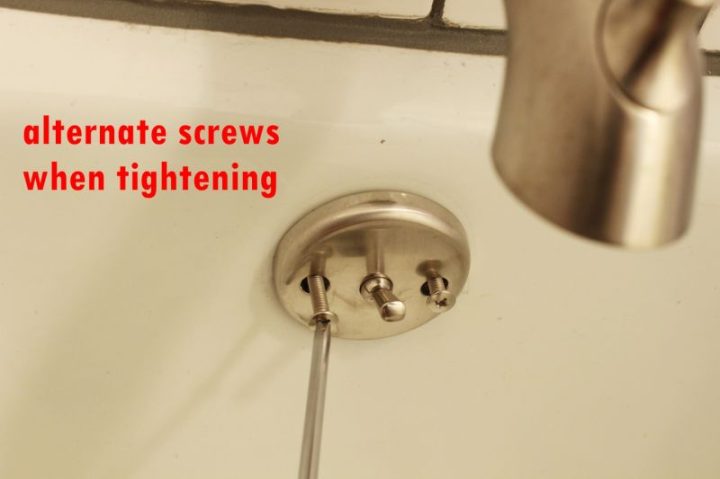 View in gallery
View in gallery
Start screwing the faceplate in, alternating screws each few turns to maintain every little thing even.
 View in gallery
View in gallery
All executed! That was very simple and makes such an enormous distinction to have all elements constant.
Incessantly Requested Questions (FAQ)FAQ
How do you repair a low bathe head?
The simplest resolution is to put in a hand-held bathe head with an adjustable arm. This may assure that you simply at all times have the power to regulate the peak. Nevertheless, a extra everlasting resolution is following a simple set up bathe head information, just like the one above, to readjust the peak of a extra everlasting fixture.
How excessive ought to a bathe head be?
This is determined by the particular person utilizing the bathe! The common top for a bathe head set up is 80 inches.
Why are bathe heads so low?
Some bathe heads are decrease to forestall splashing incidents. That is significantly the case in motels.
Can a bathe head be too excessive?
Sure, a bathe head might be too excessive, and result in spraying incidents or an uncomfortable bathe expertise for common top bathers.
Does bathe head should be centered?
It’s a finest follow to have your bathe head centered. This may be sure that your complete lavatory doesn’t change into drenched if you’re showering.
How far above the bathe head ought to tile go?
Most bathe tile partitions finish with the final full row of tile at about 4-6” above the bathe head.
How you can set up a rainshower bathe head?
To put in a rainshower head, you’ll use the straightforward set up bathe head information above and observe all steps.
How you can set up waterpik bathe head?
To put in a waterpik bathe head, you’ll use the straightforward set up bathe head information above and observe all steps.
How you can set up zen physique bathe head?
To put in a zen physique bathe head, you’ll use the straightforward set up bathe head information above and observe all steps.
Hand-held bathe head simple to put in?
A handheld bathe is as simple to put as it’s to put in a brand new bathe head. Whereas the top itself gives extra flexibility than the normal bathe head, following the identical steps outlined on this information will serve you effectively.
How a lot does it value to put in a bathe head?
The nationwide common supplies value to put in a bathe head is $77.84 per head, with a variety between $46.02 to $109.65.
How you can set up a bathe head extension arm?
To put in a bathe head extension arm, you’ll use the straightforward set up bathe head information above and observe all steps.
Bathe Head Set up: Conclusion
As you may see, in relation to studying methods to set up a bathe head, the primary stuff you want is endurance and time. It’s not the best course of to finish, however it’s one that’s definitely worth the outcomes ultimately. We hope this information serves you effectively, and you’ve got lovely bathe outcomes!




